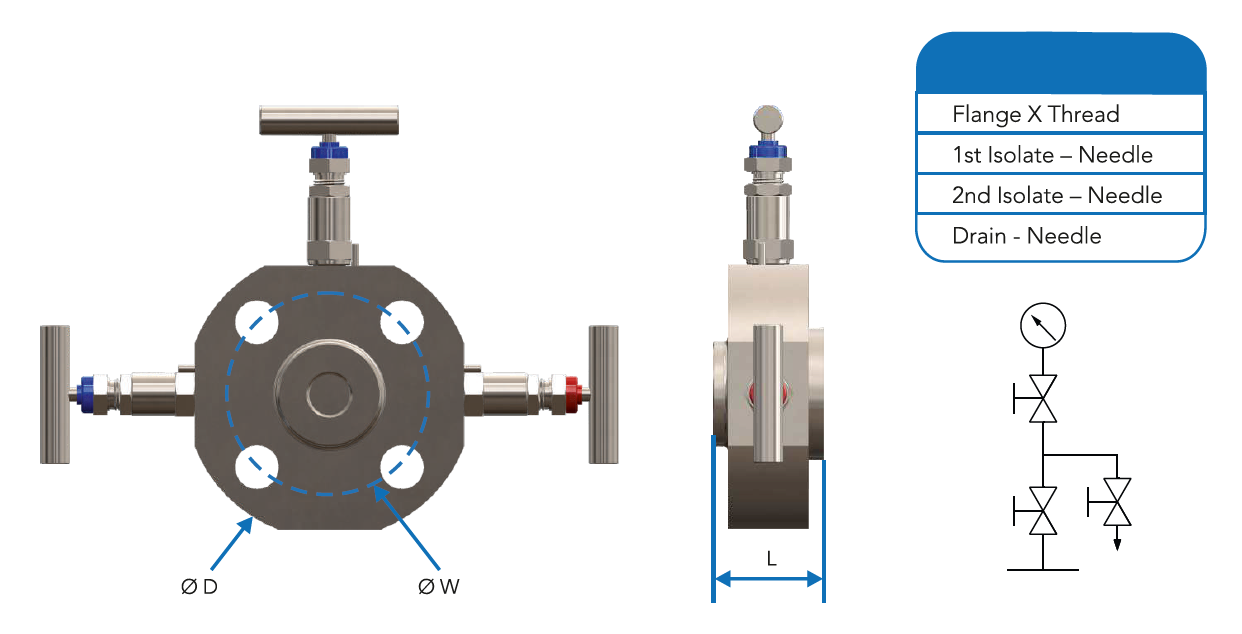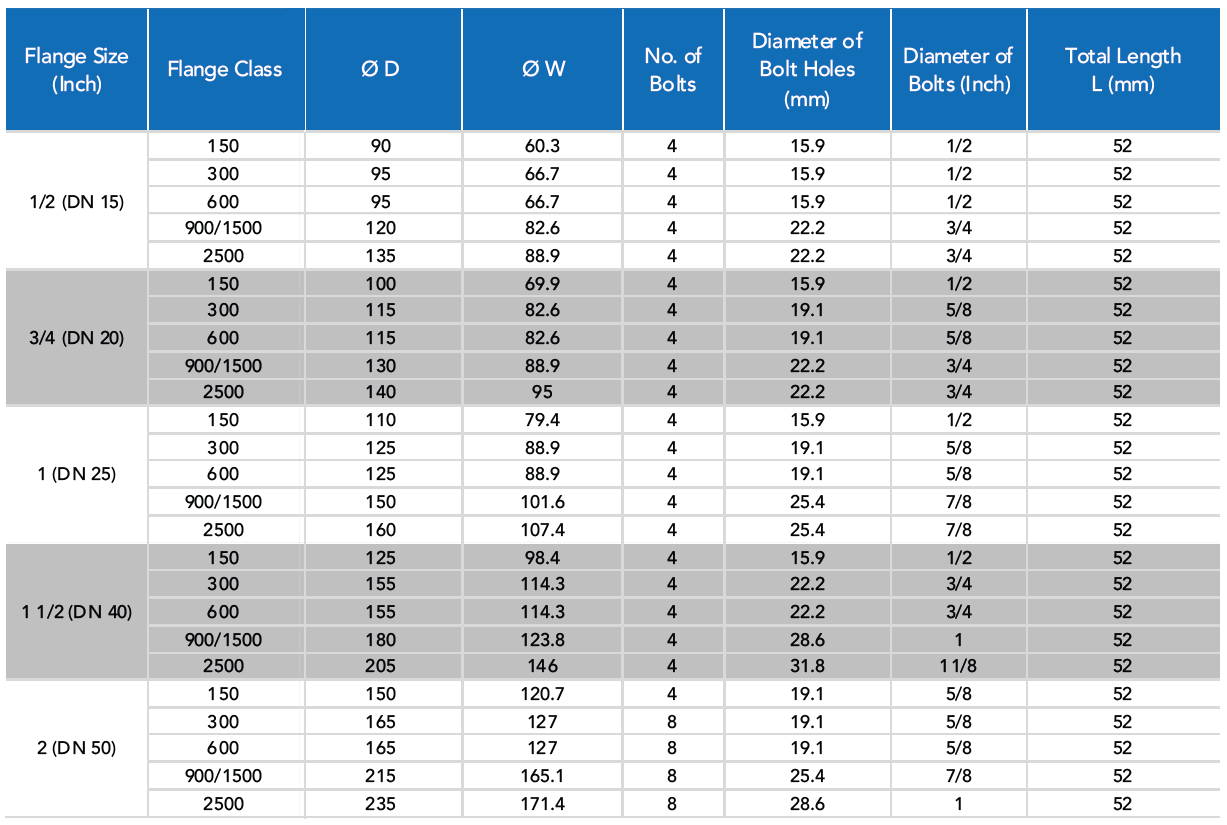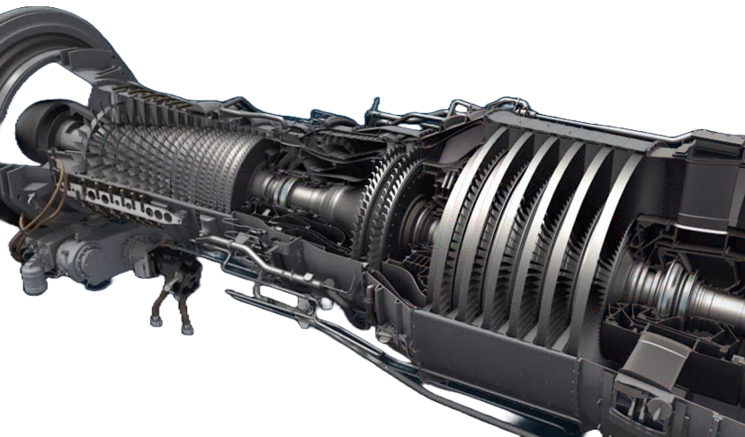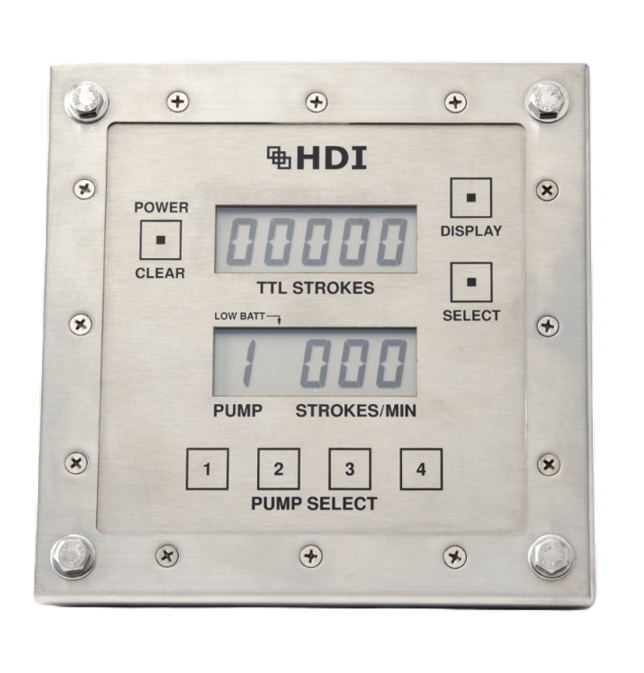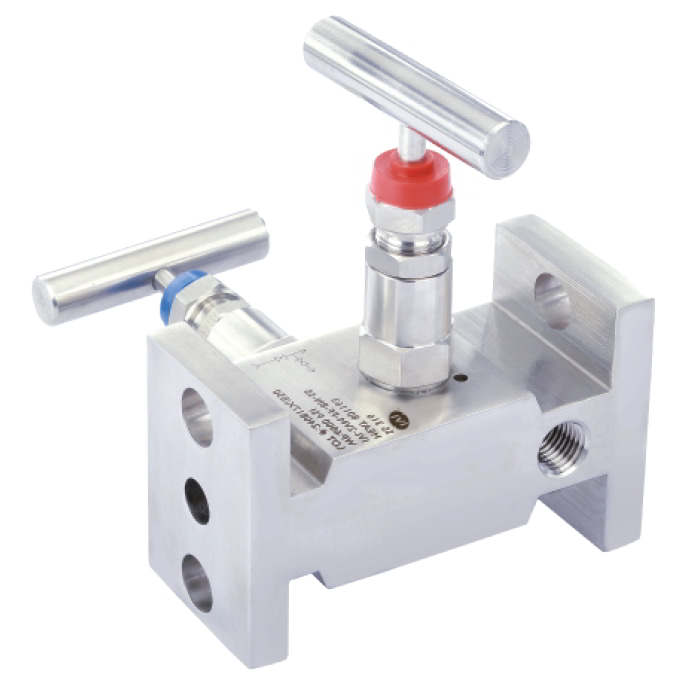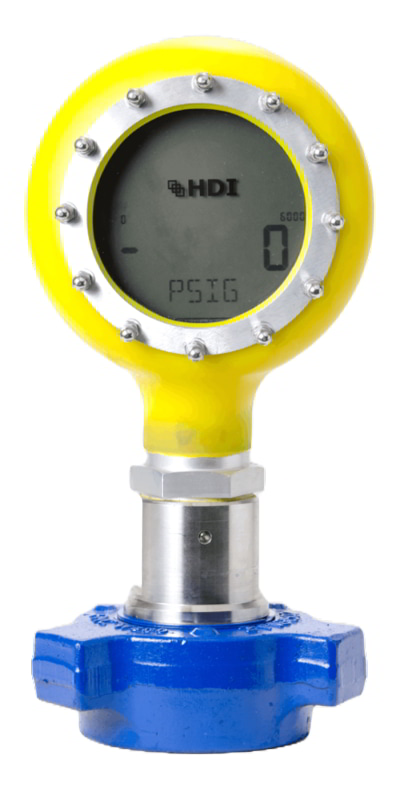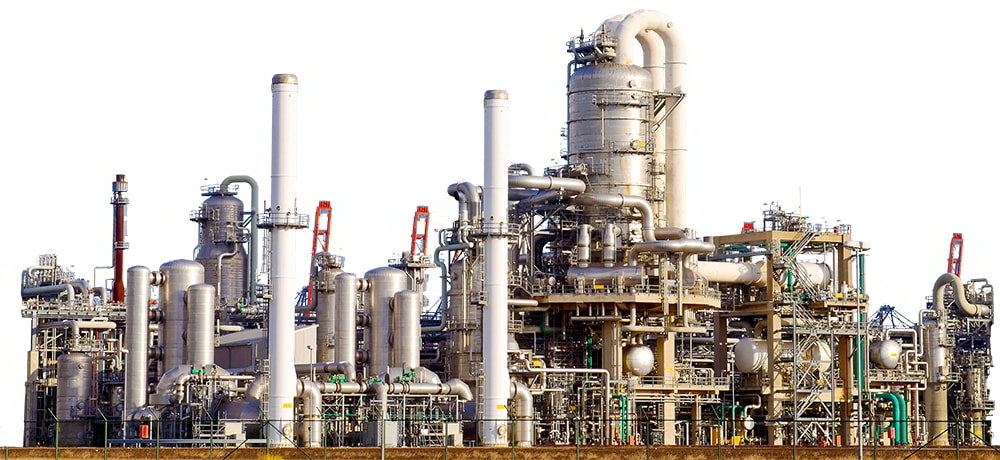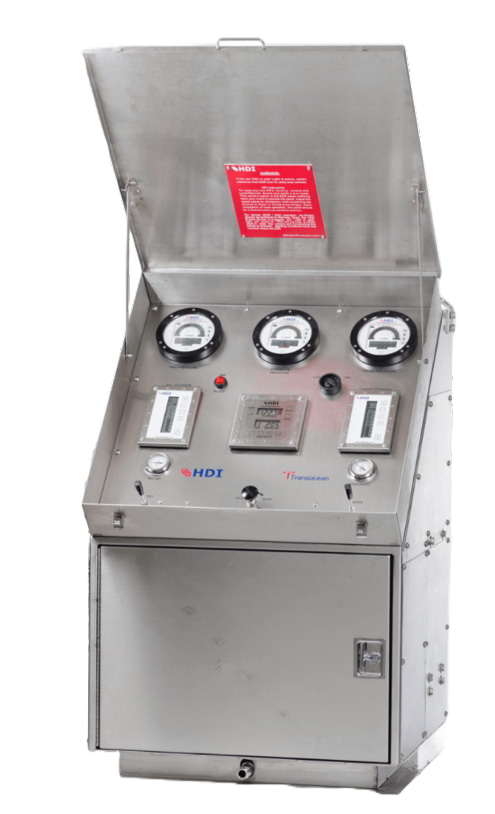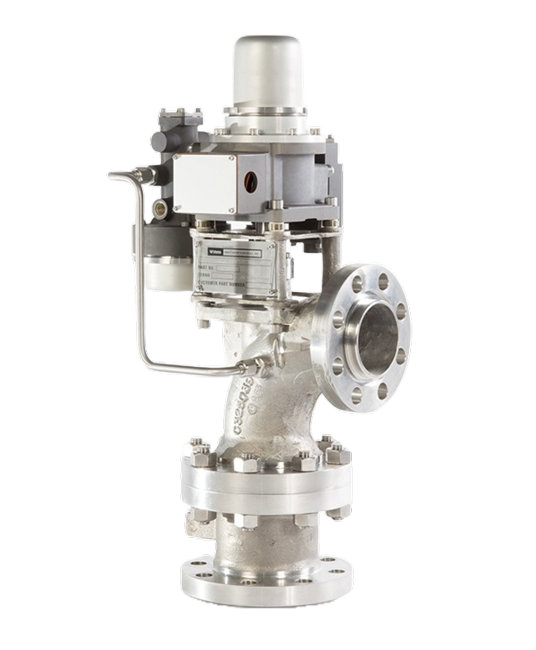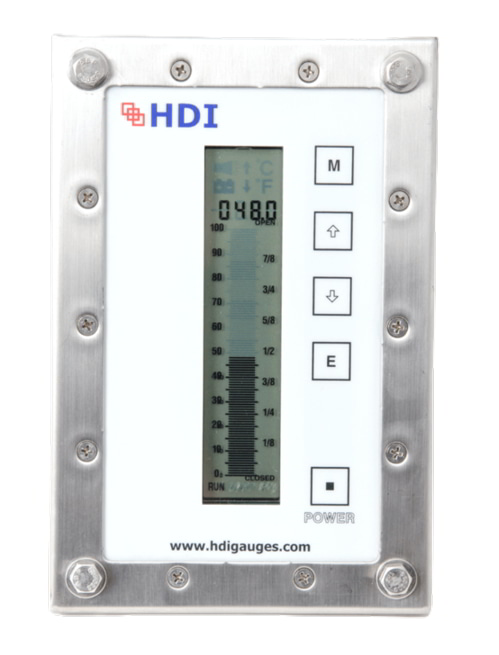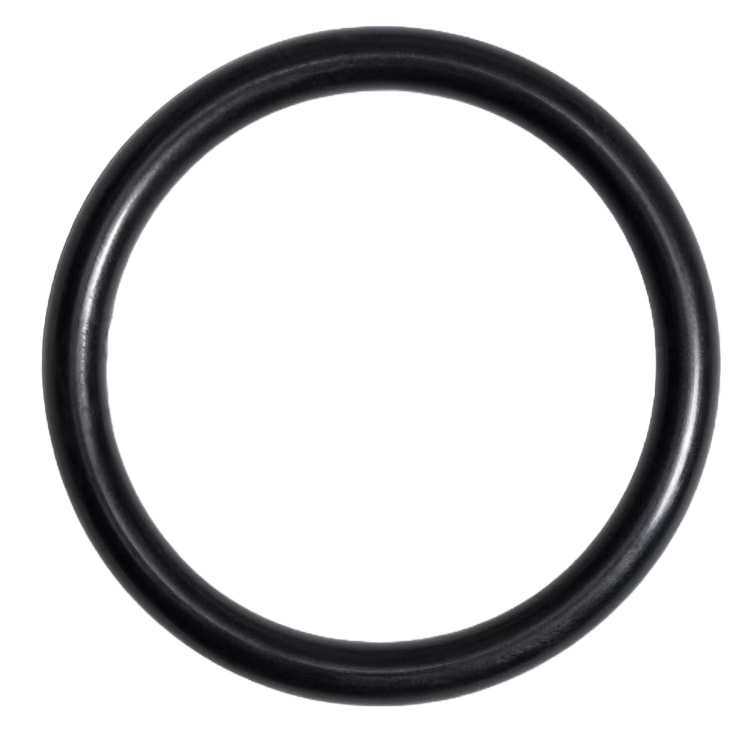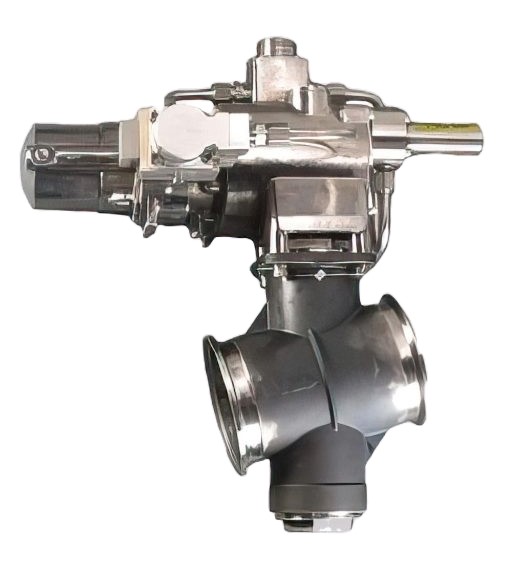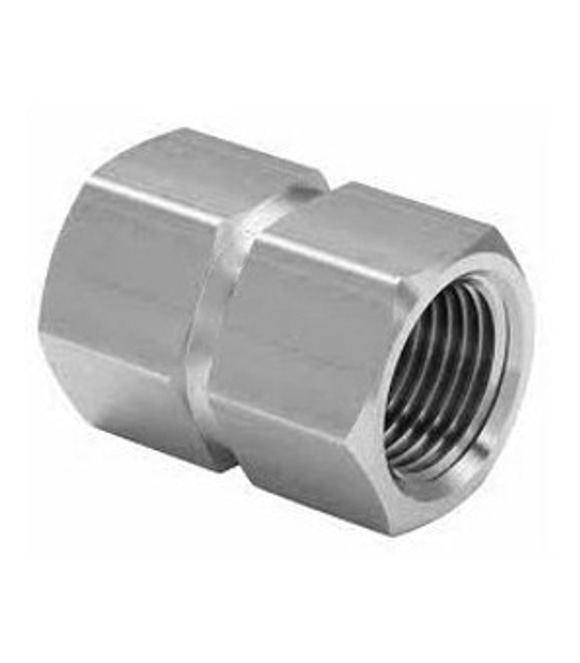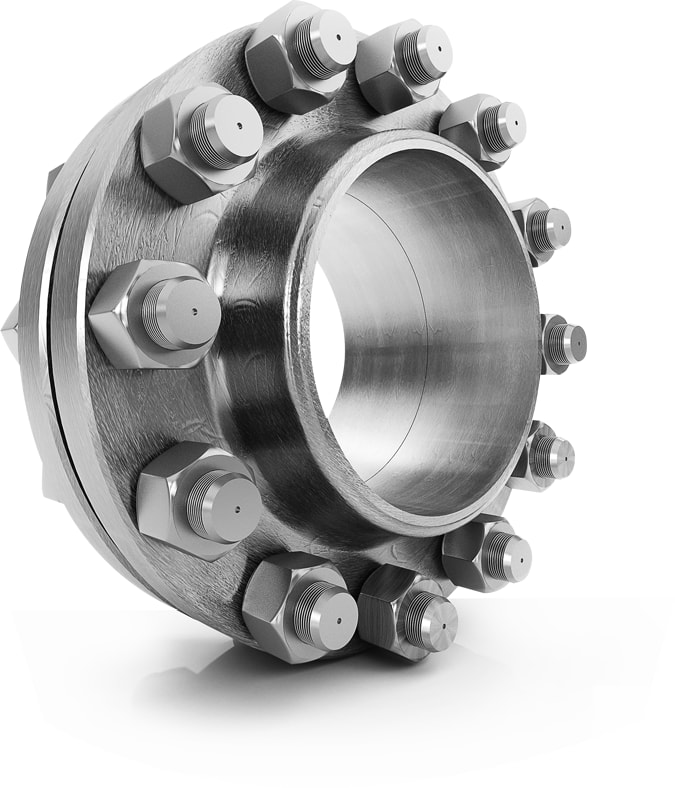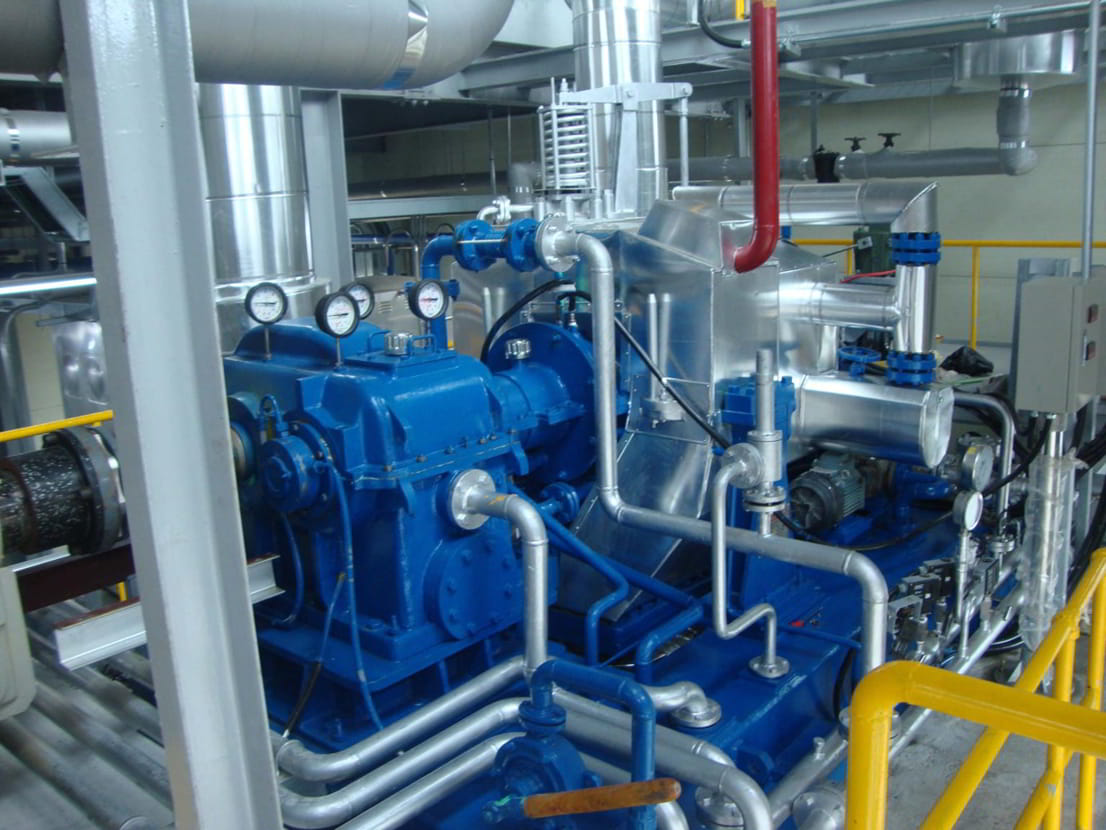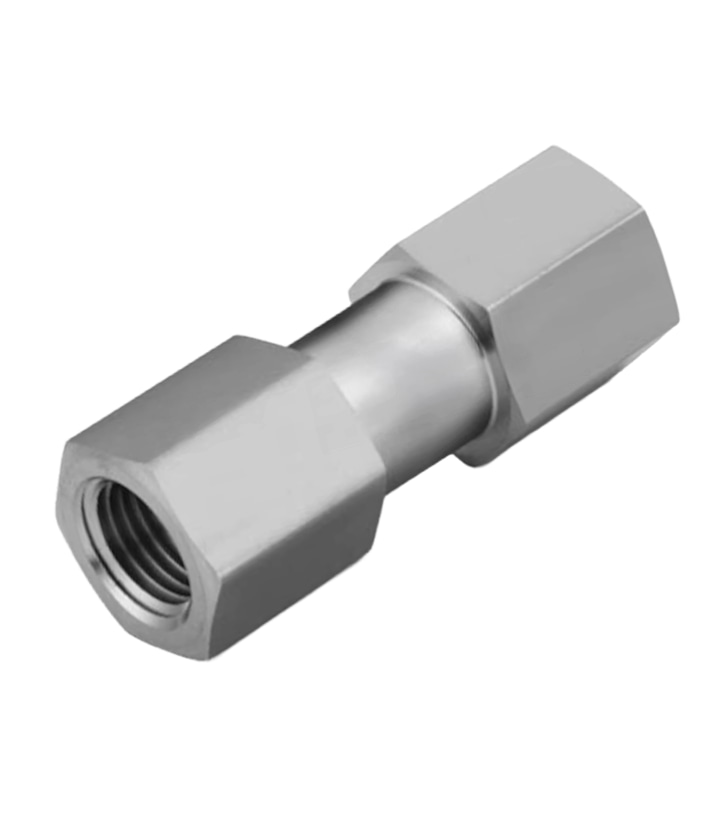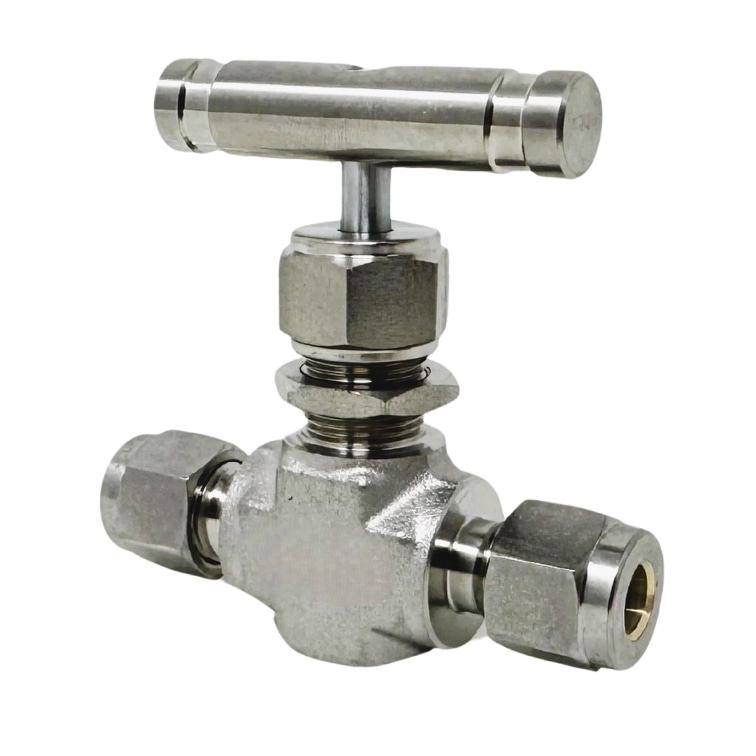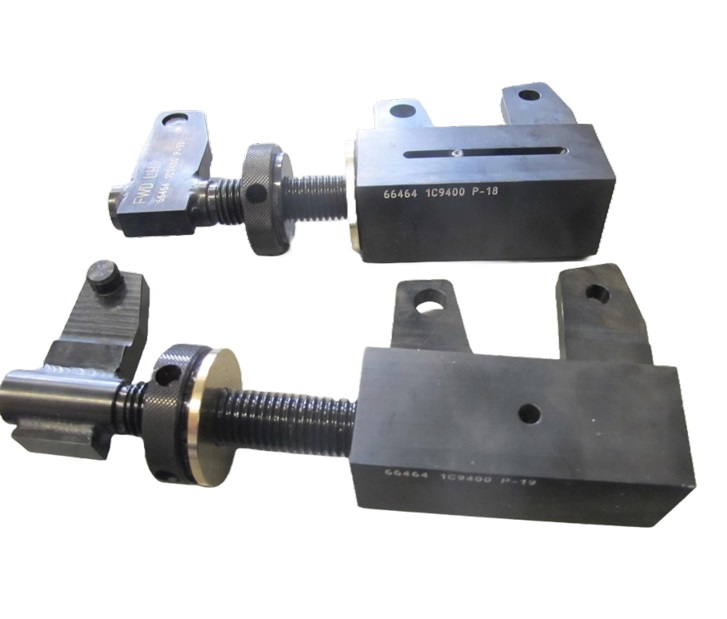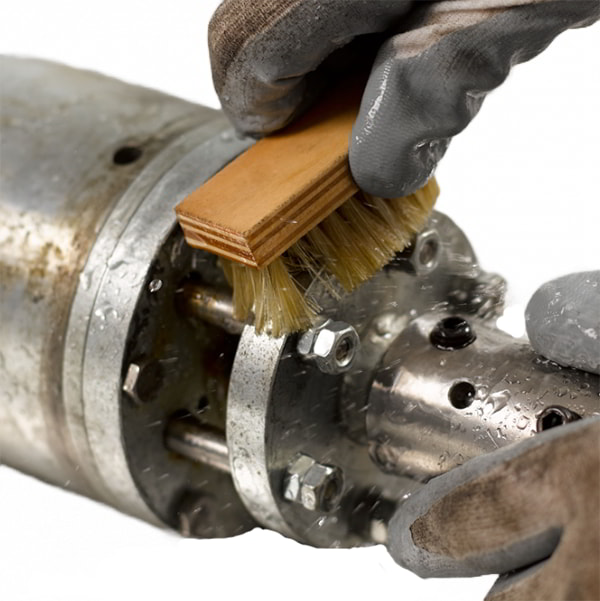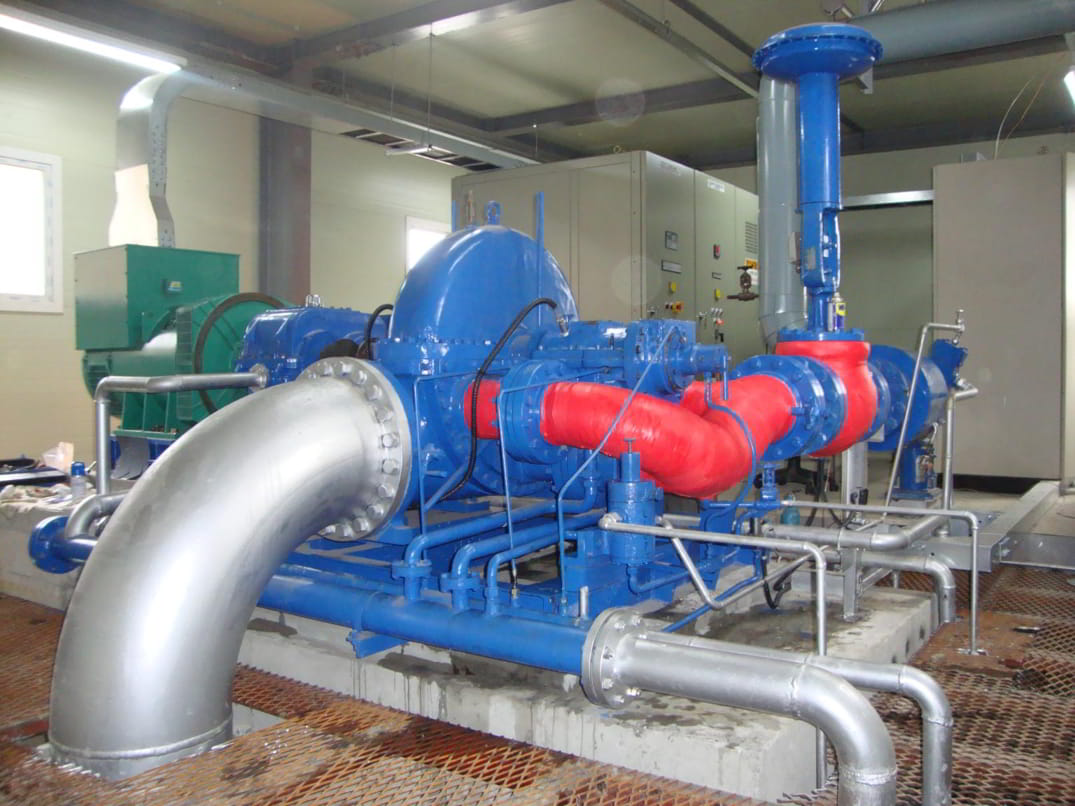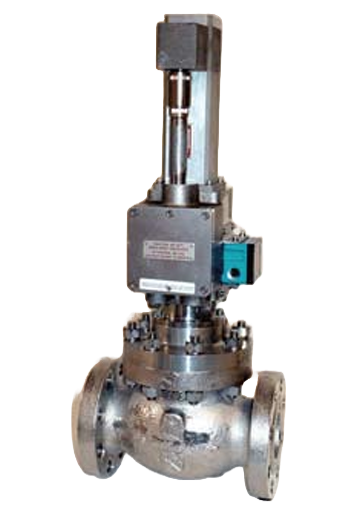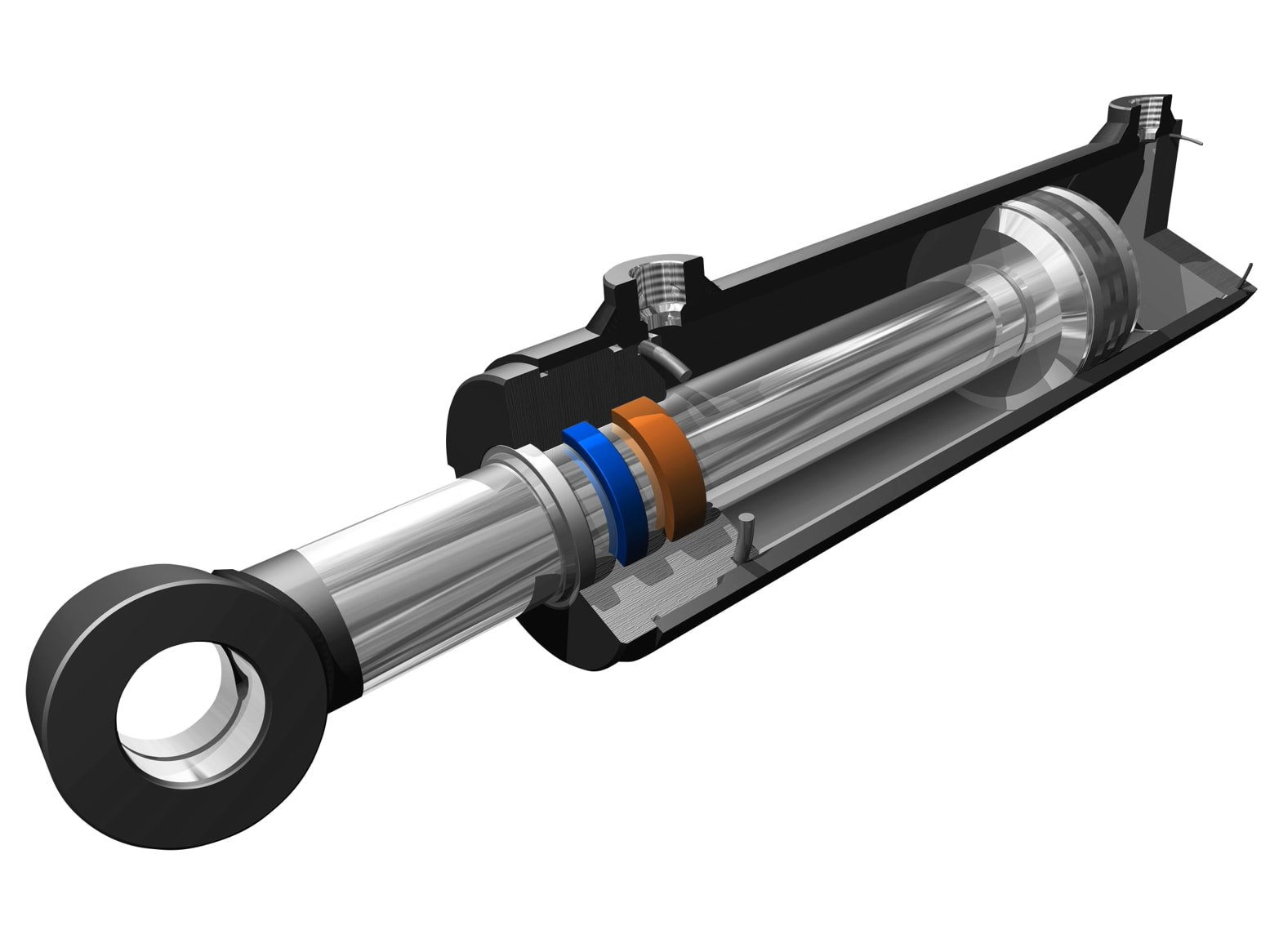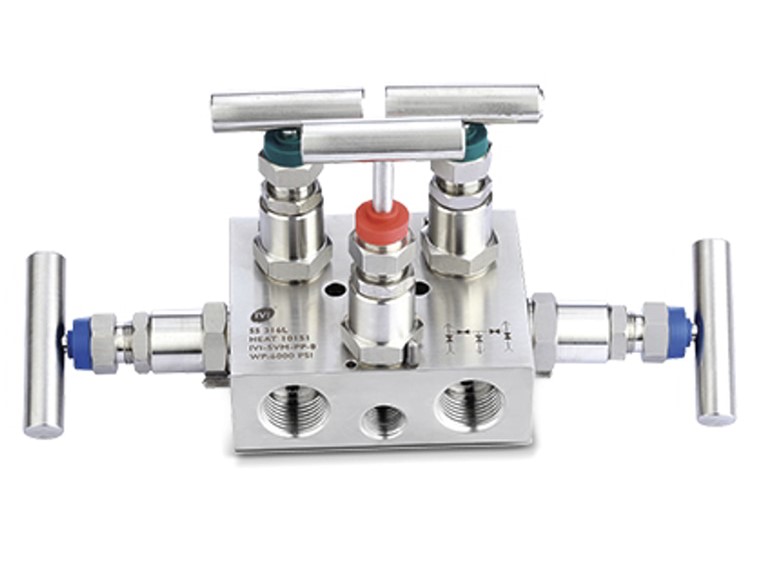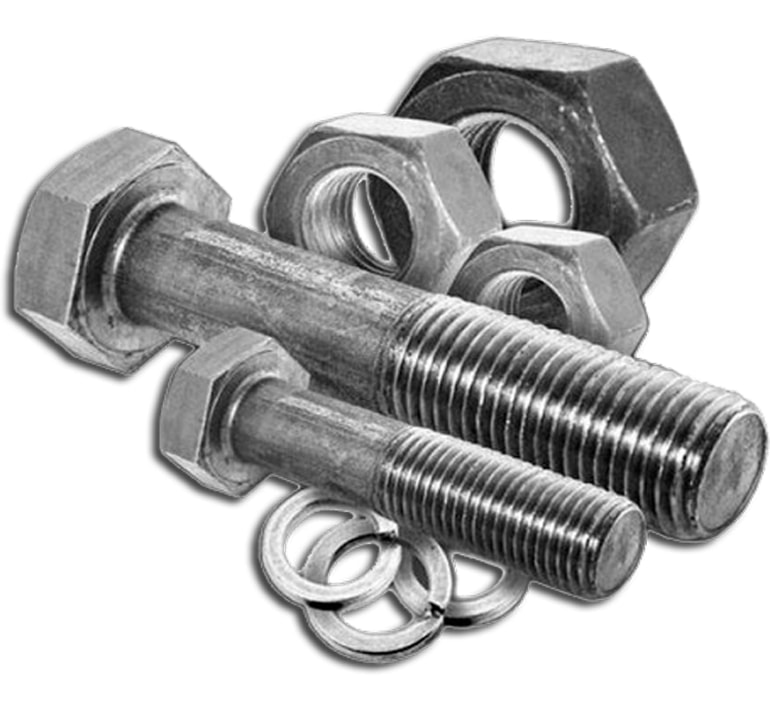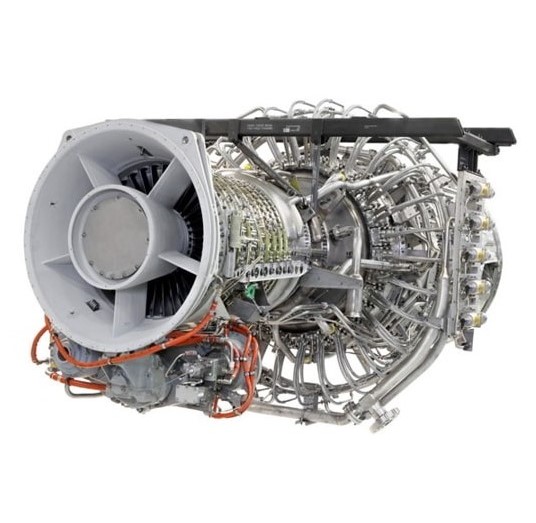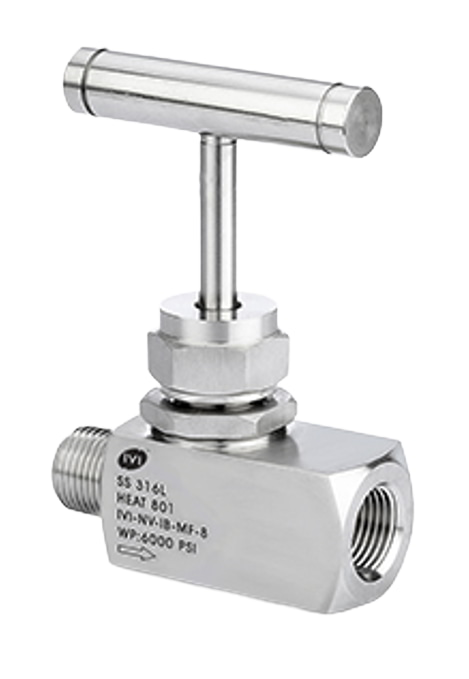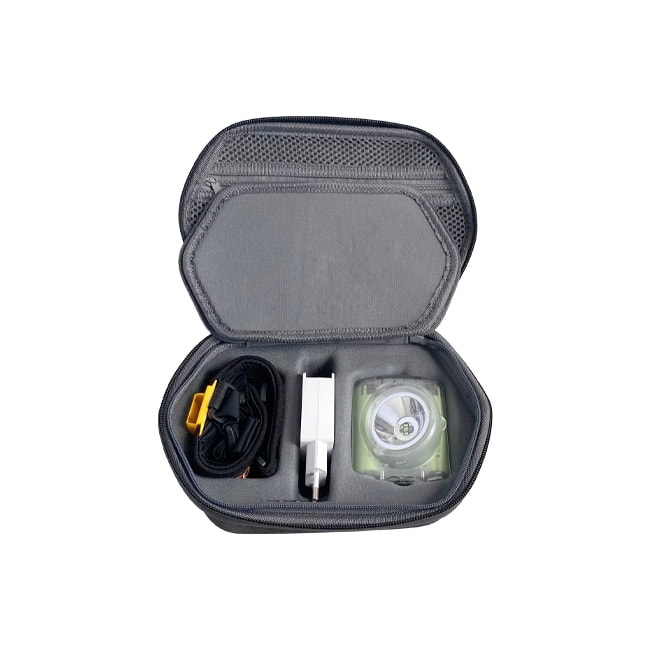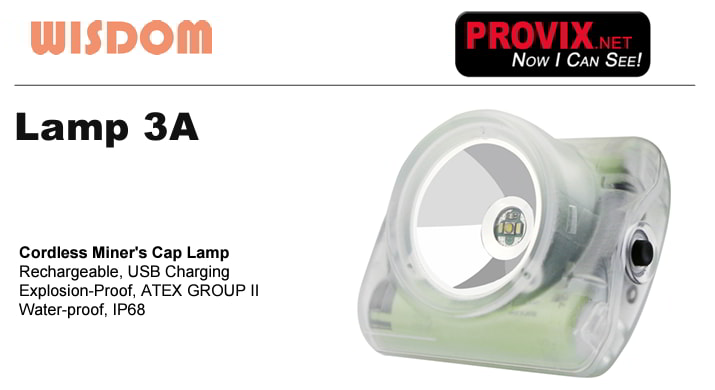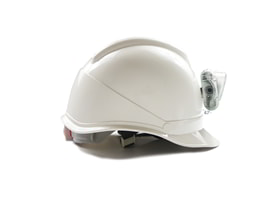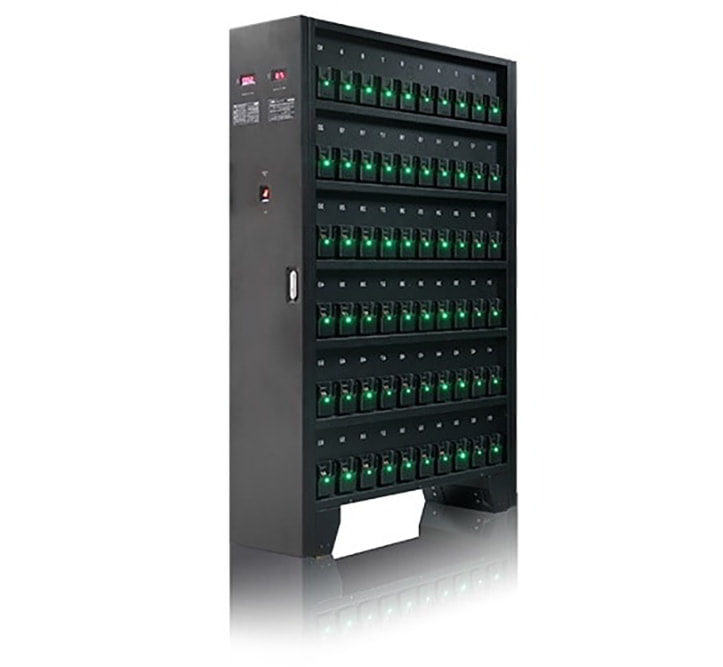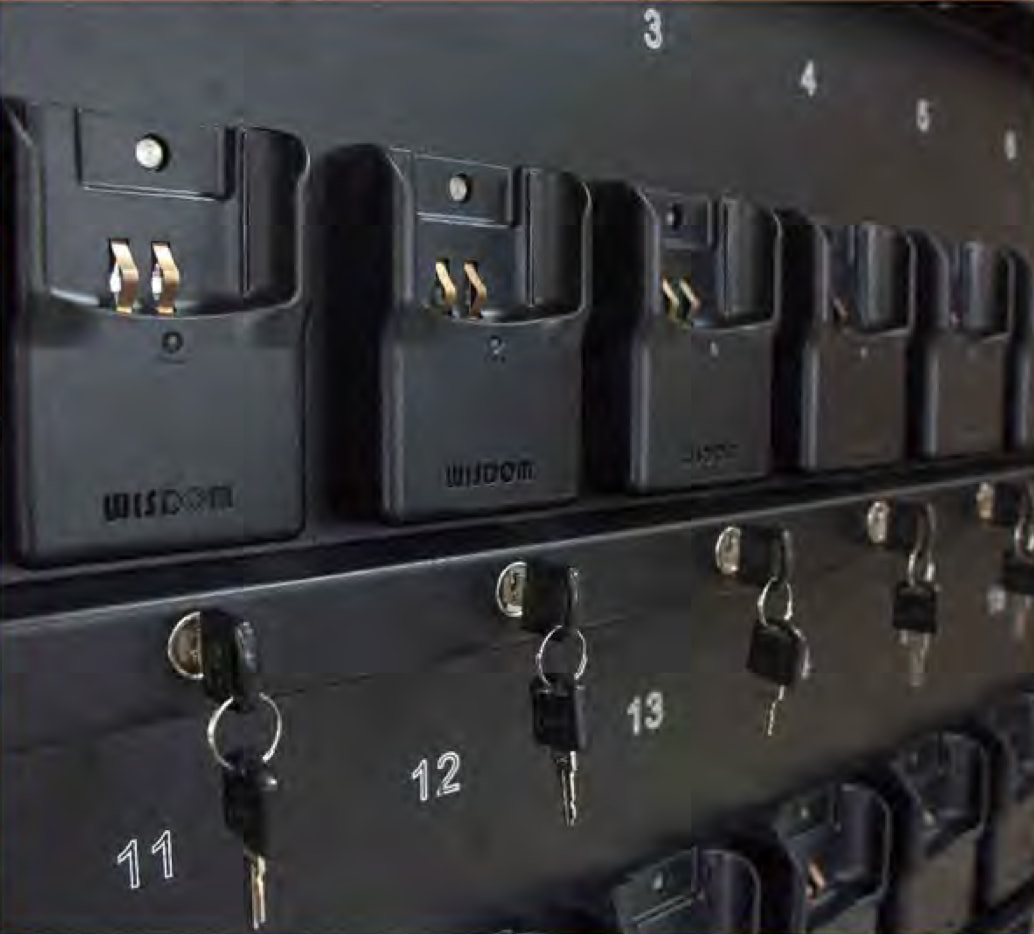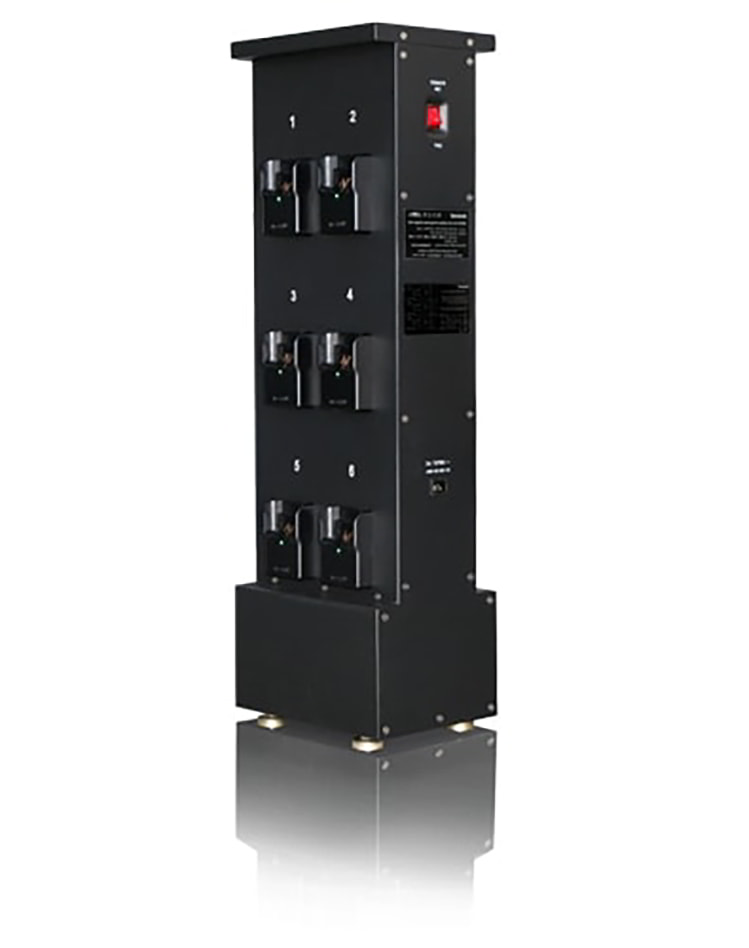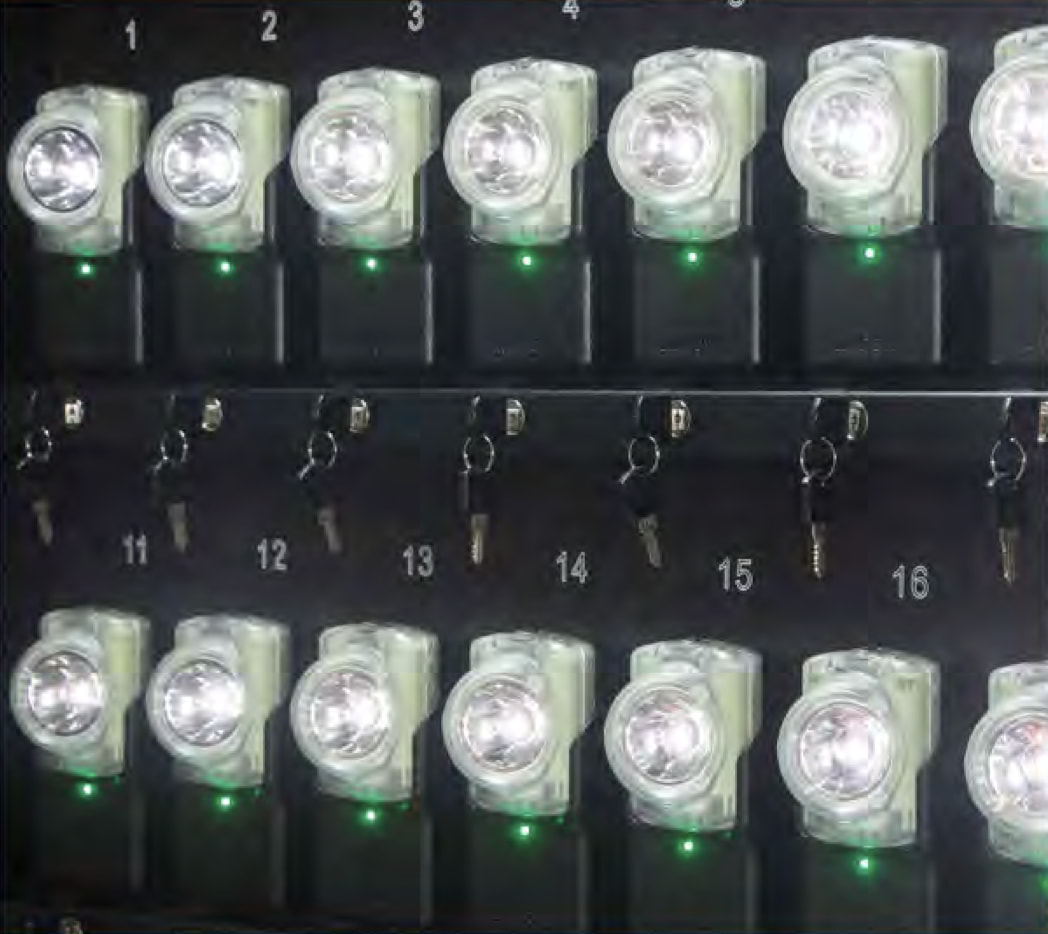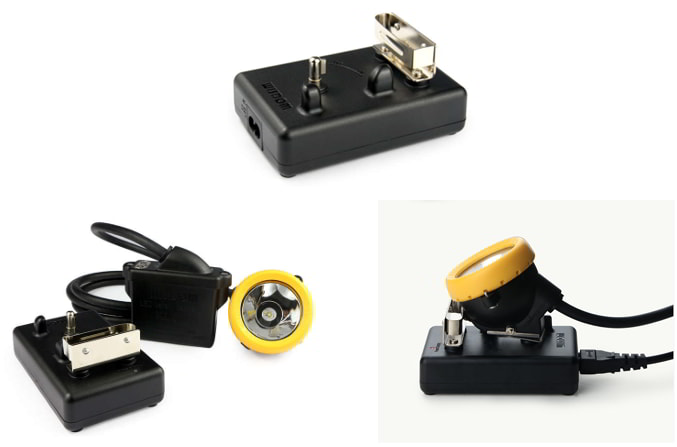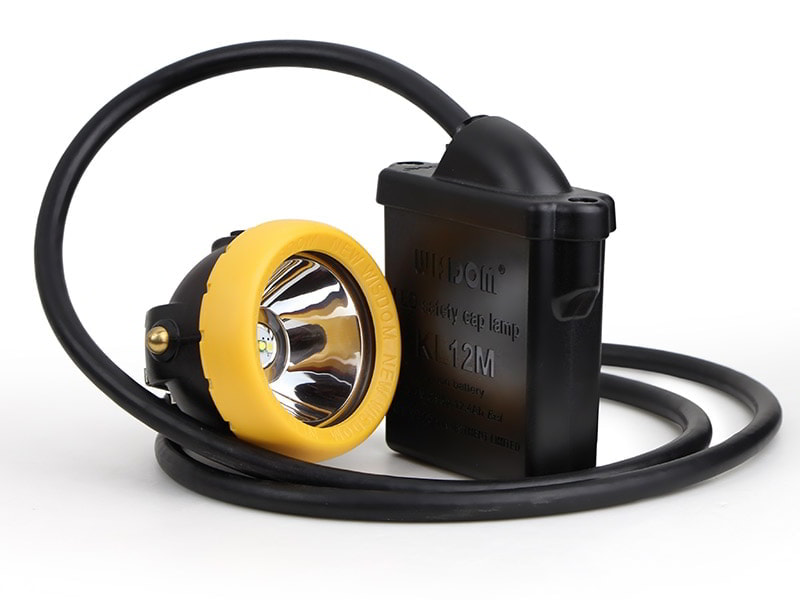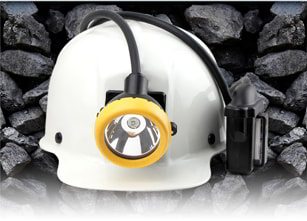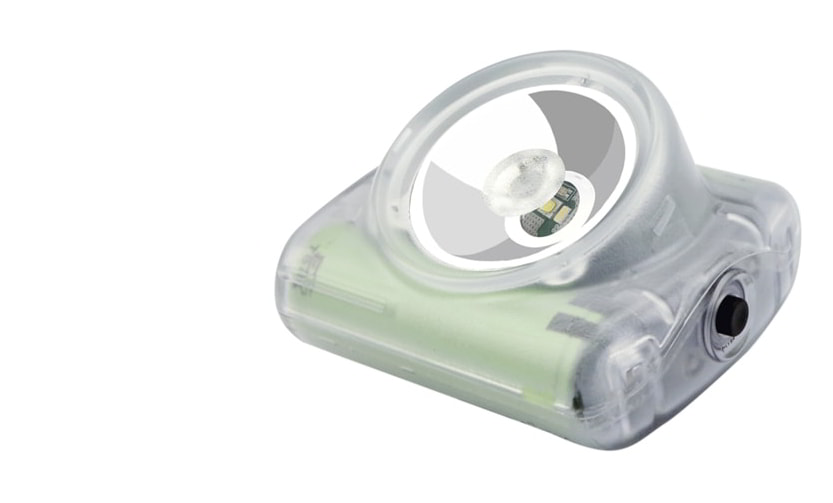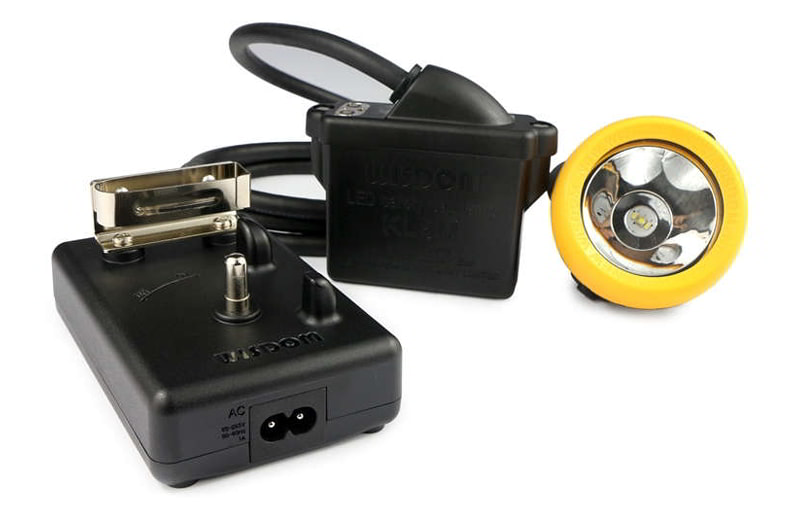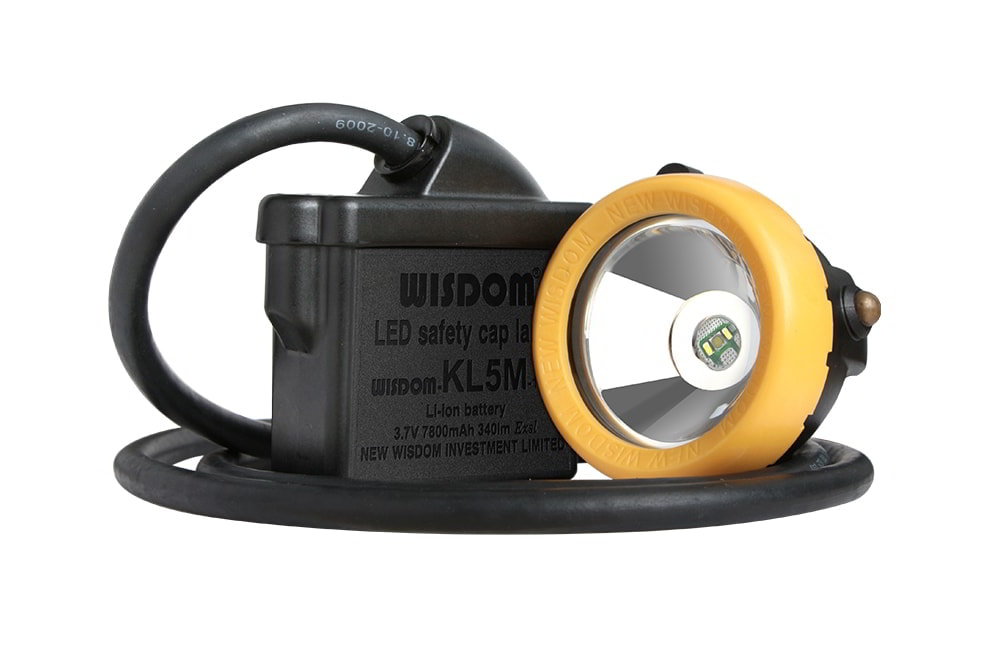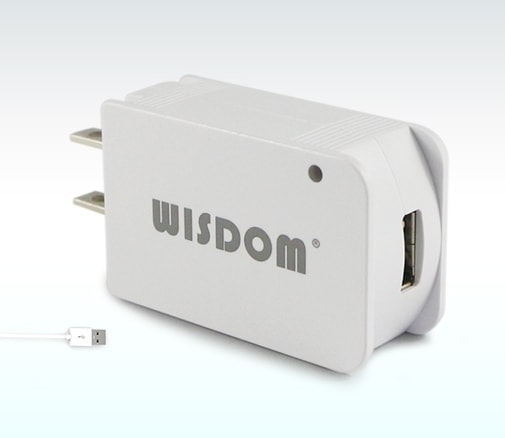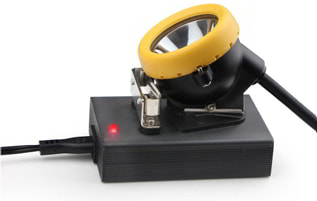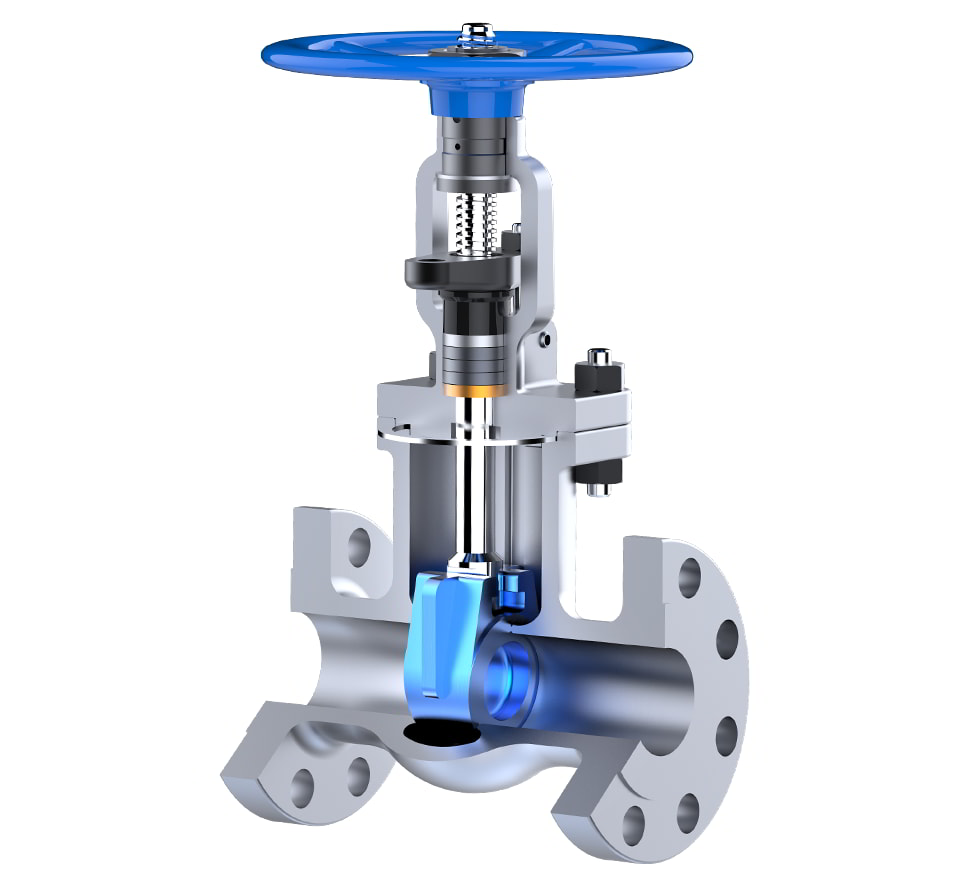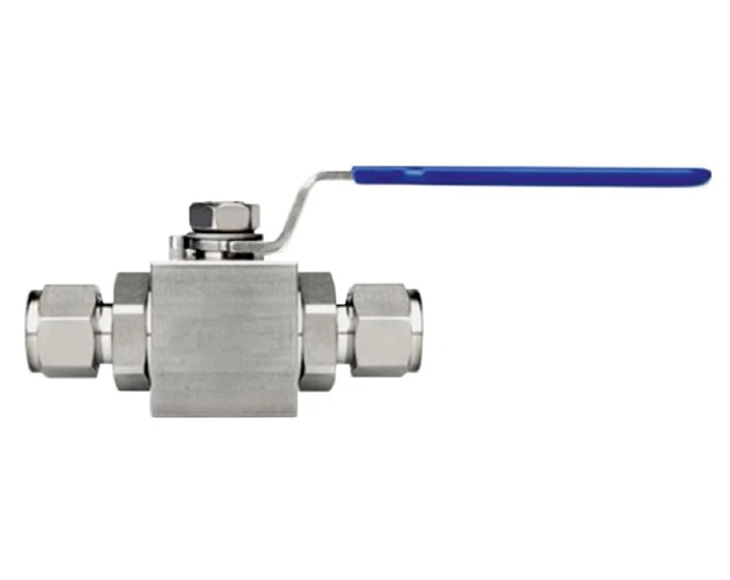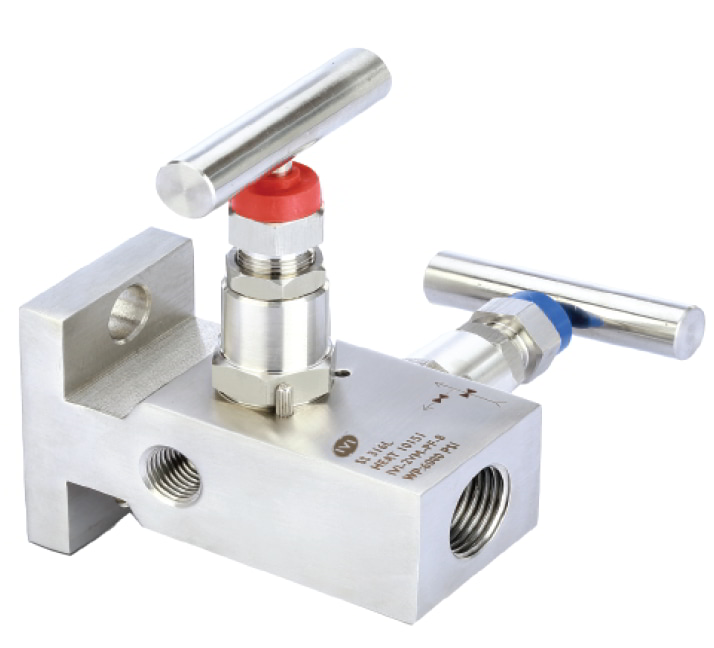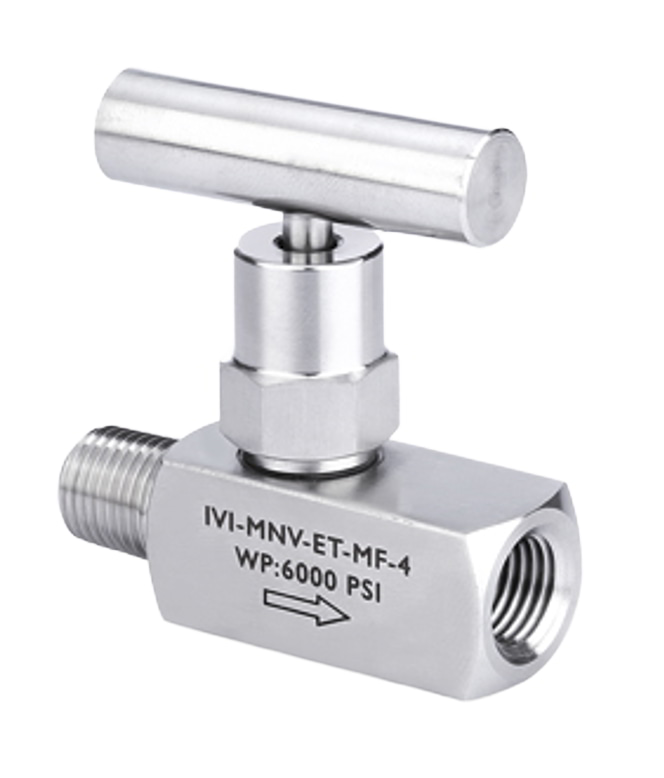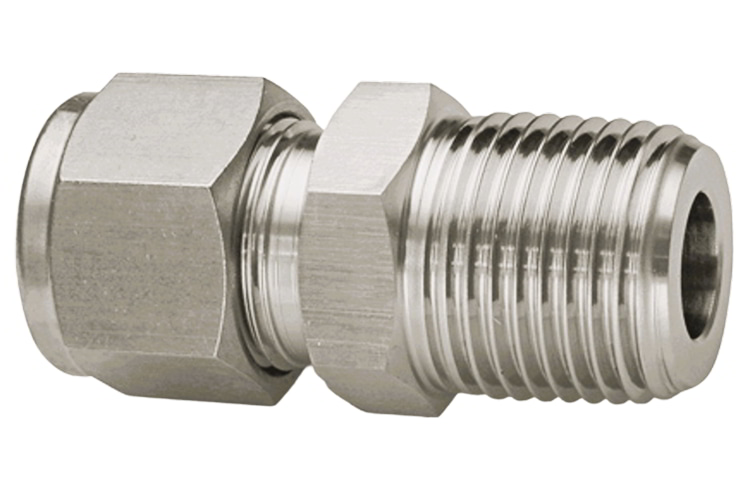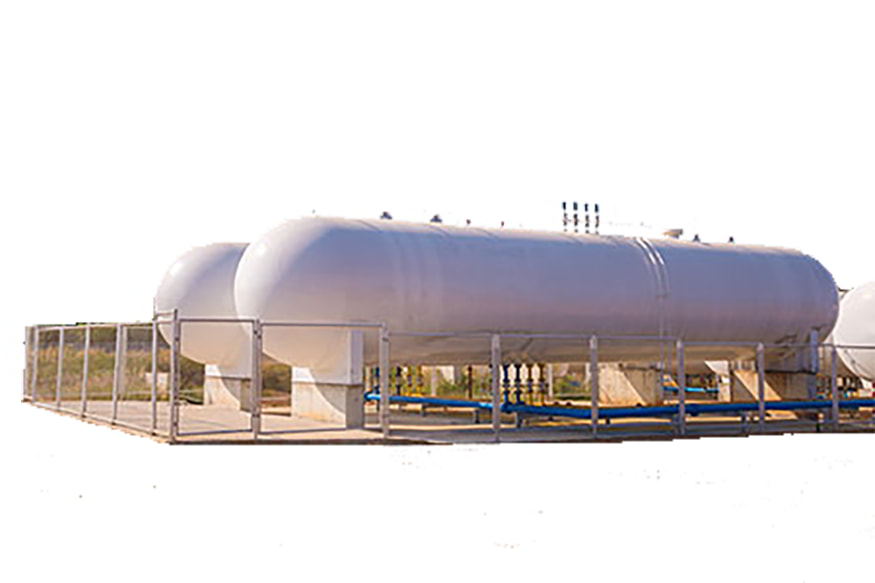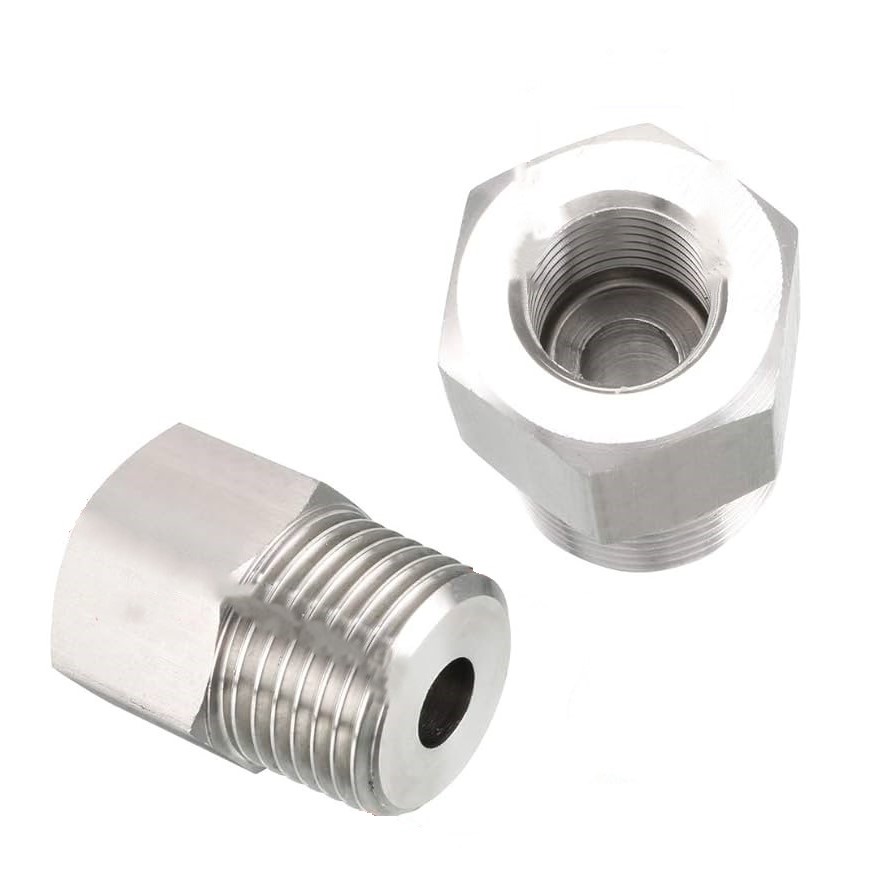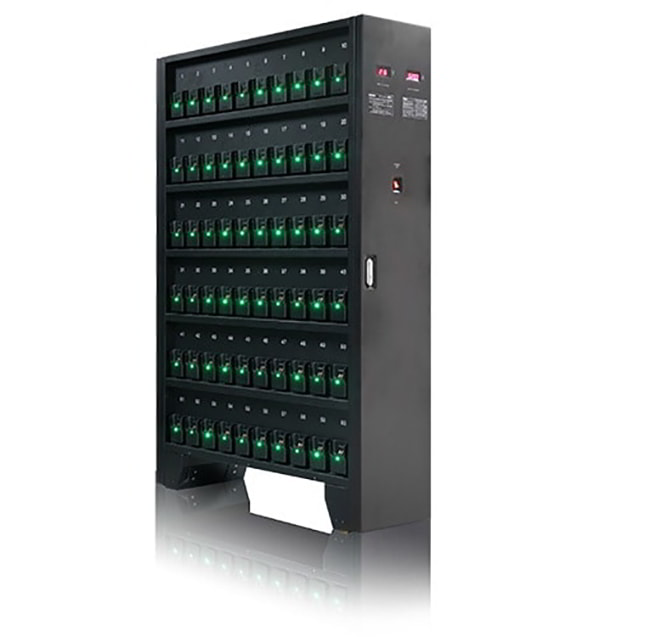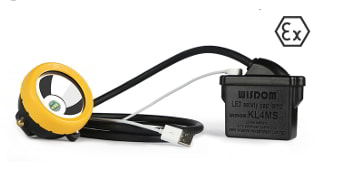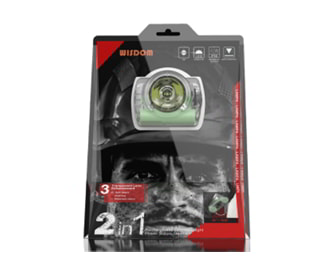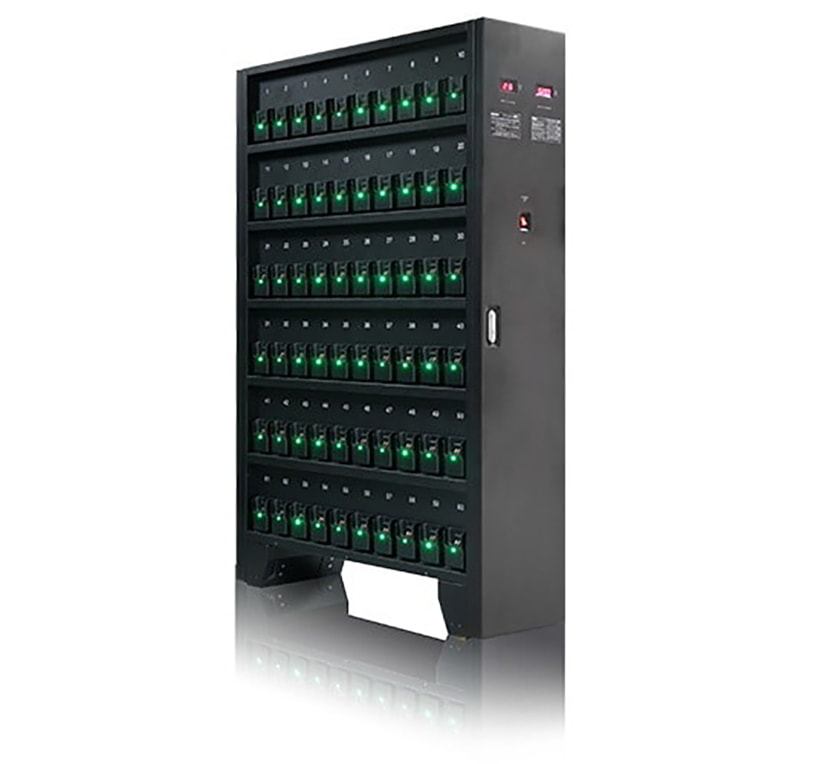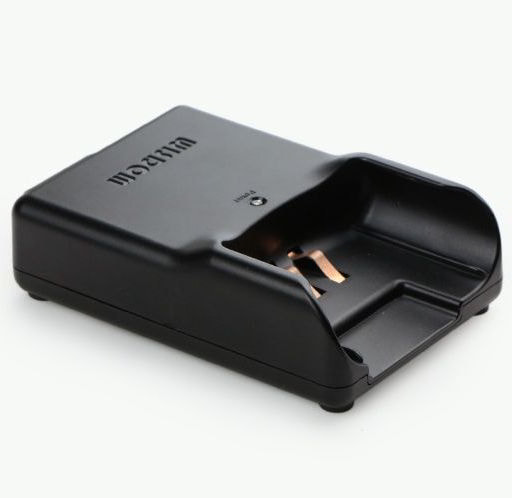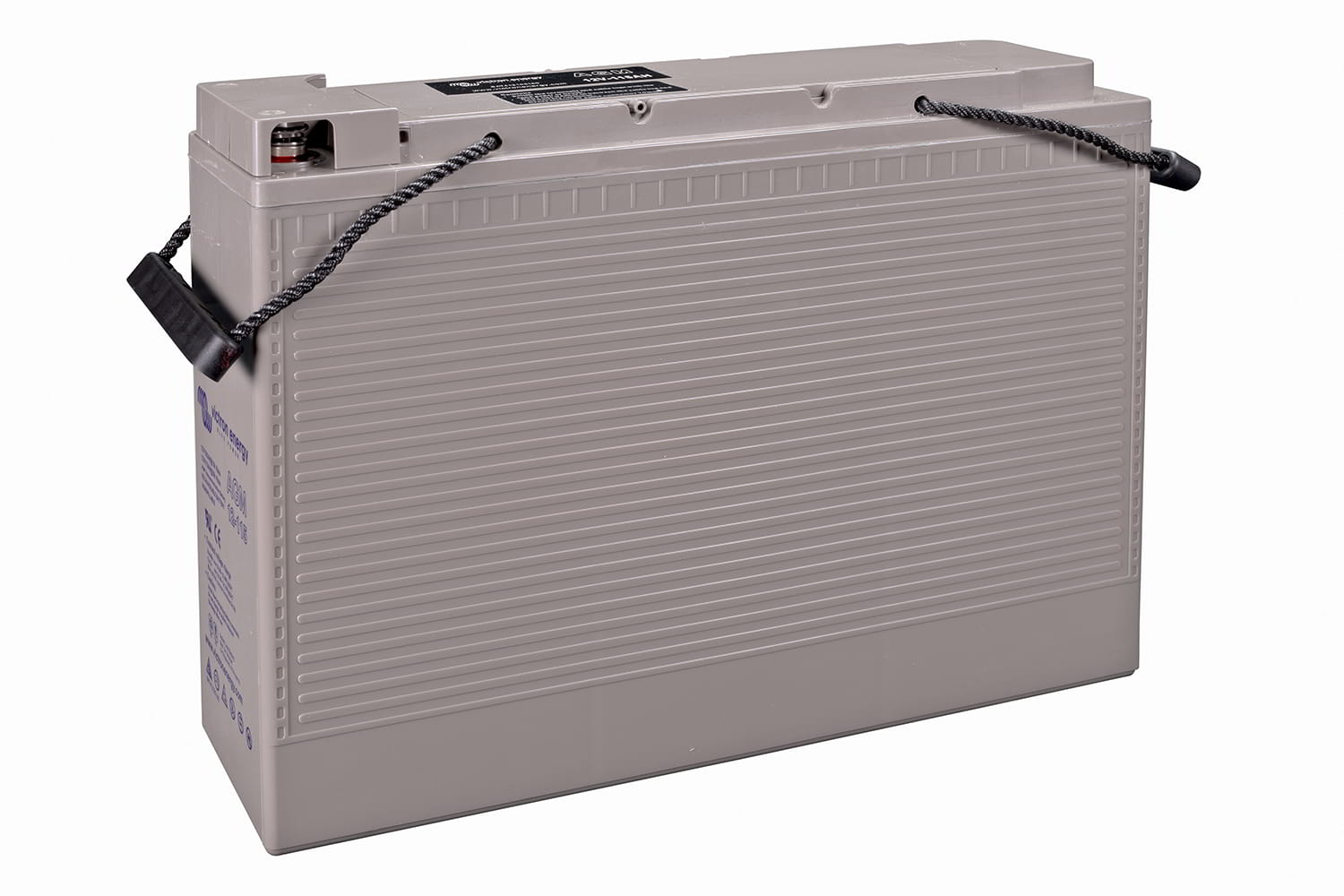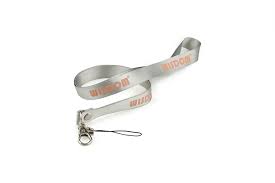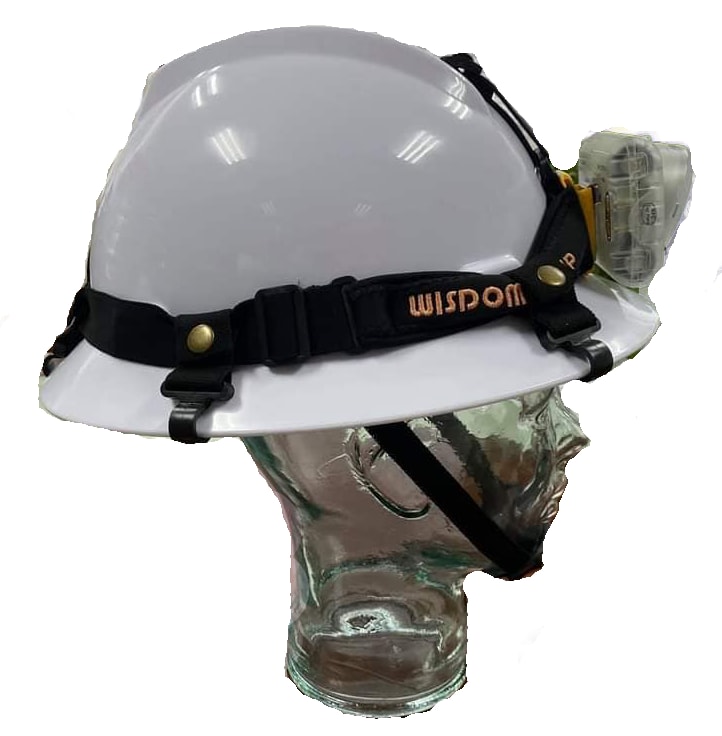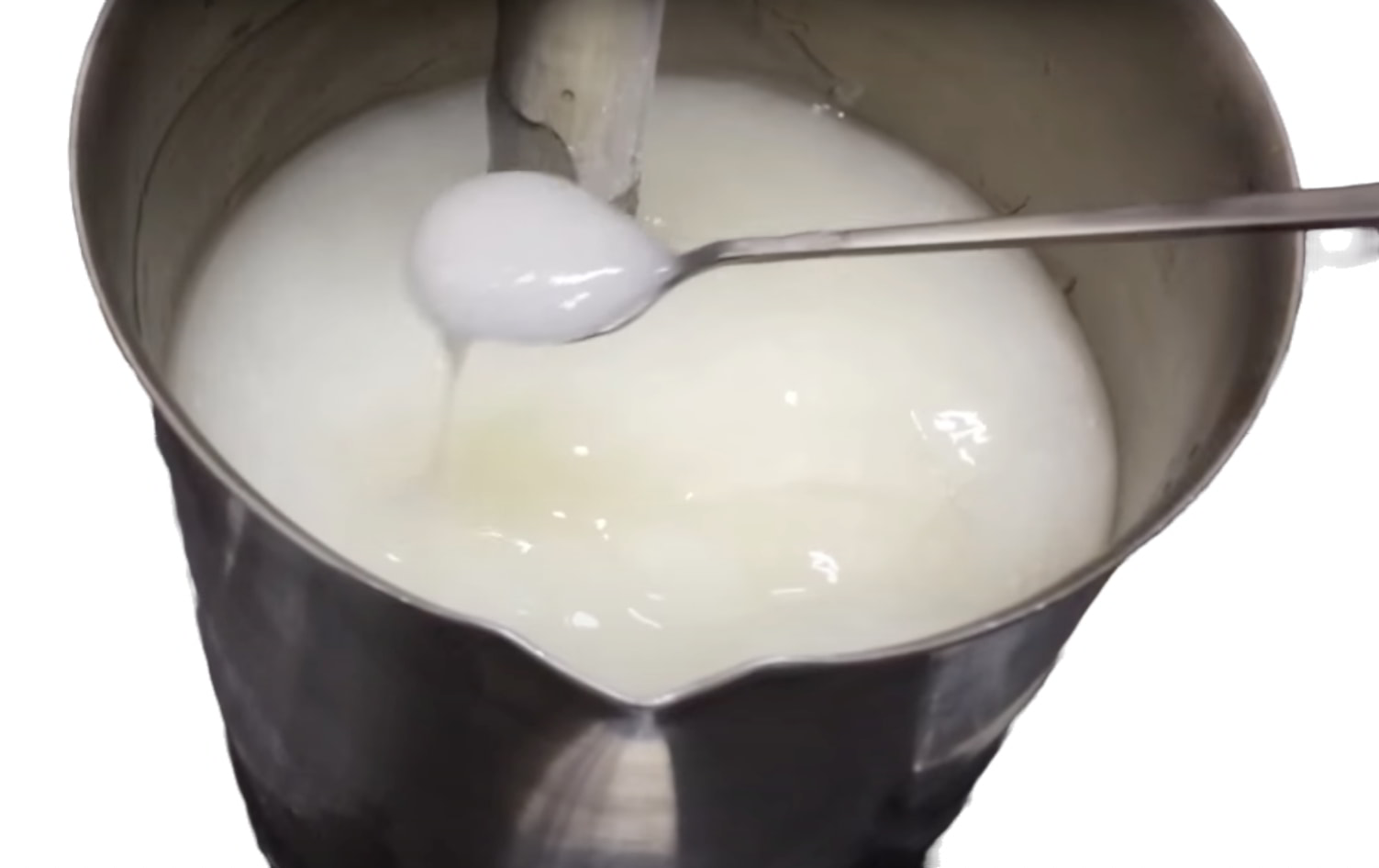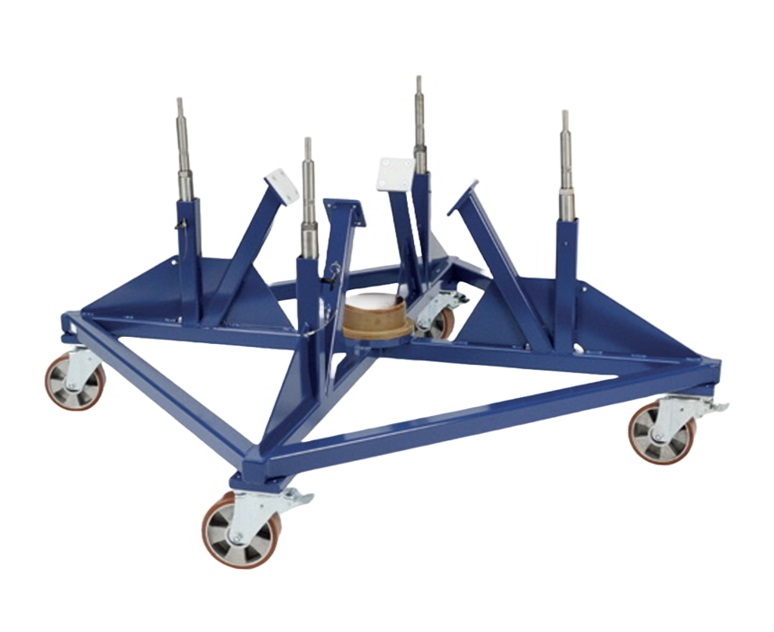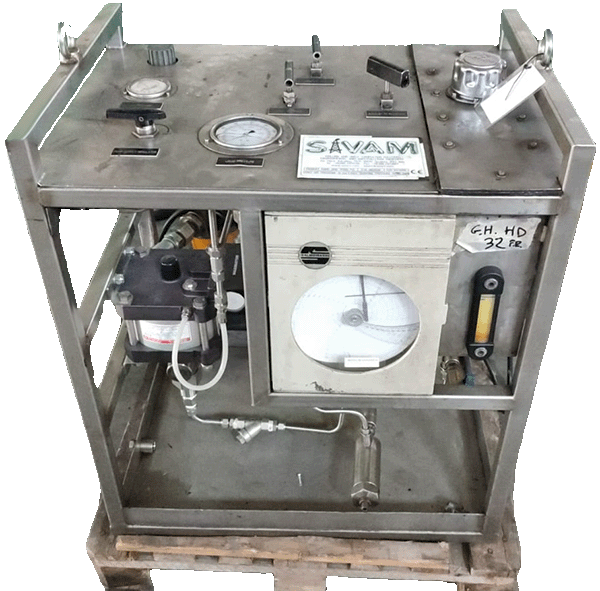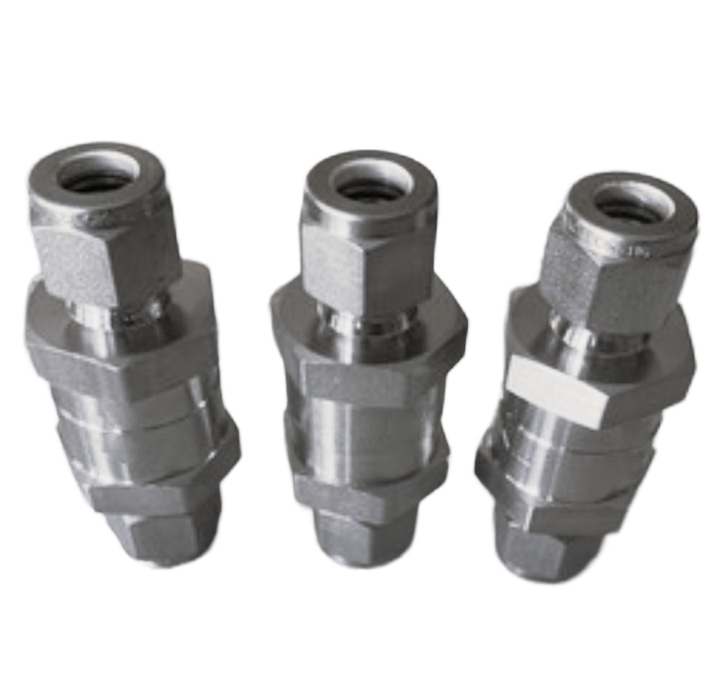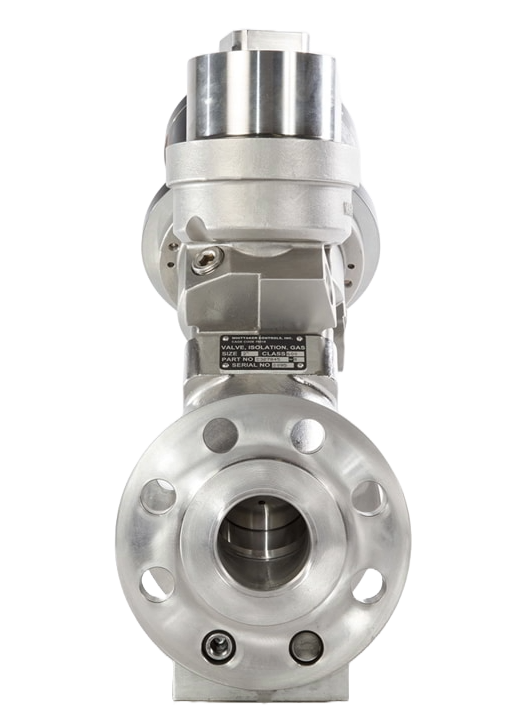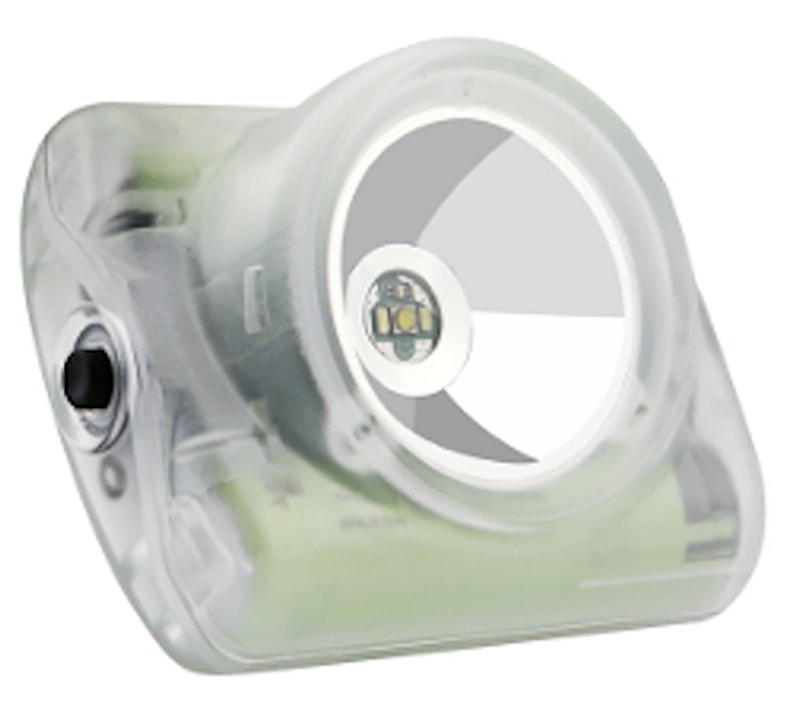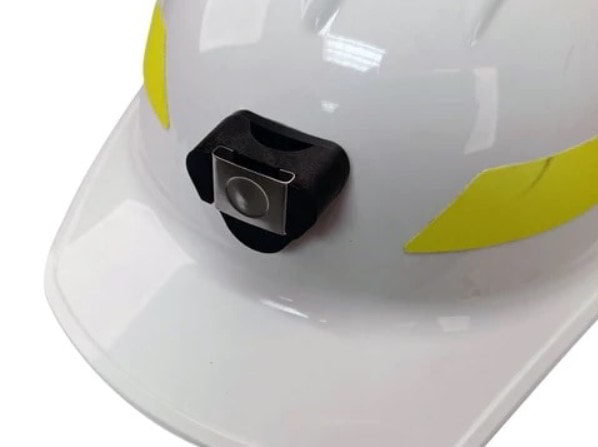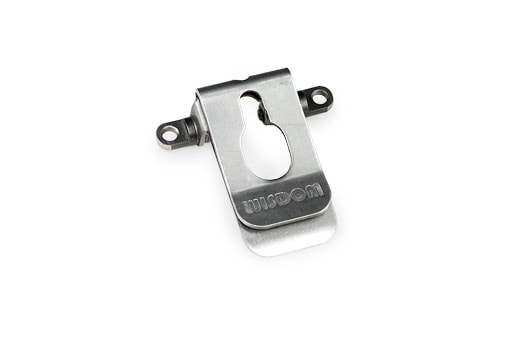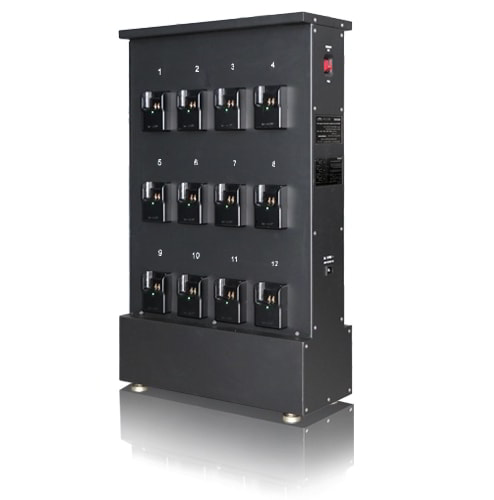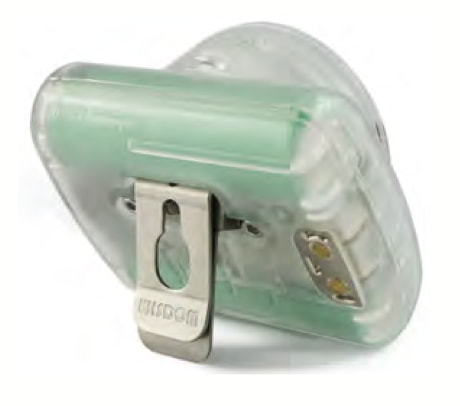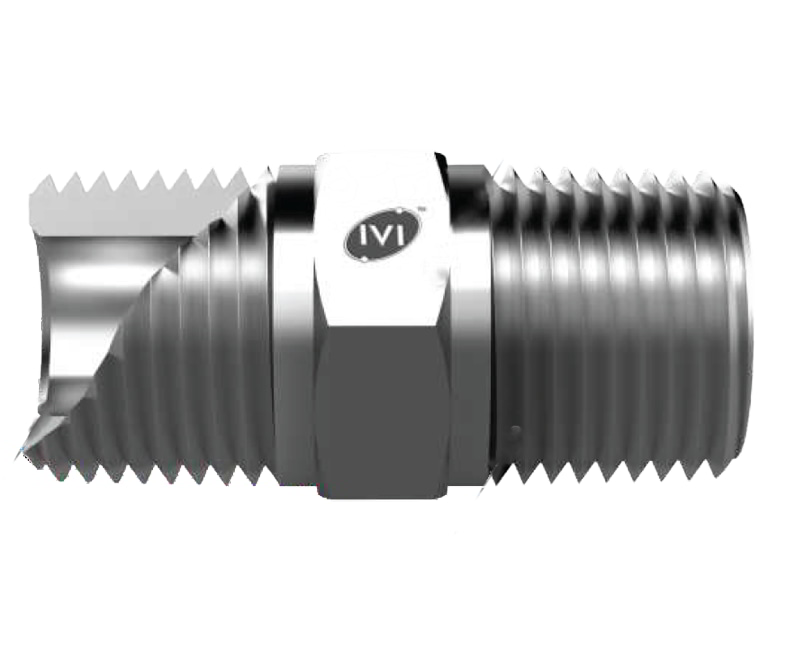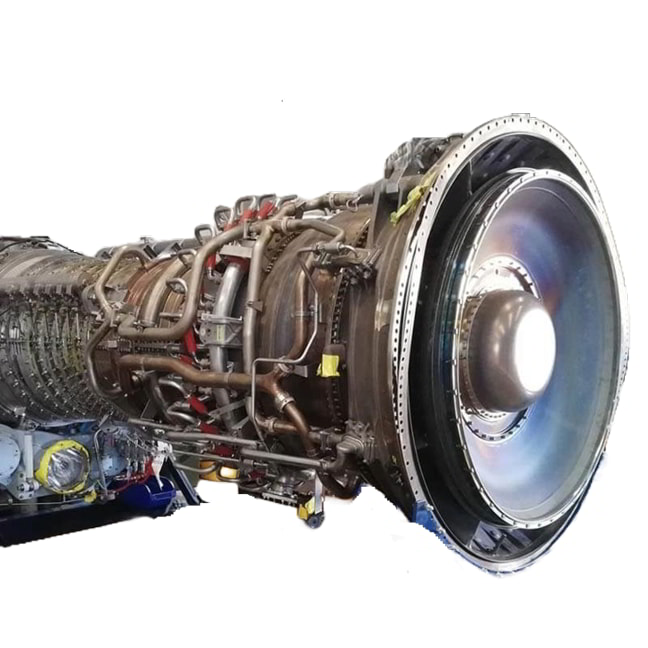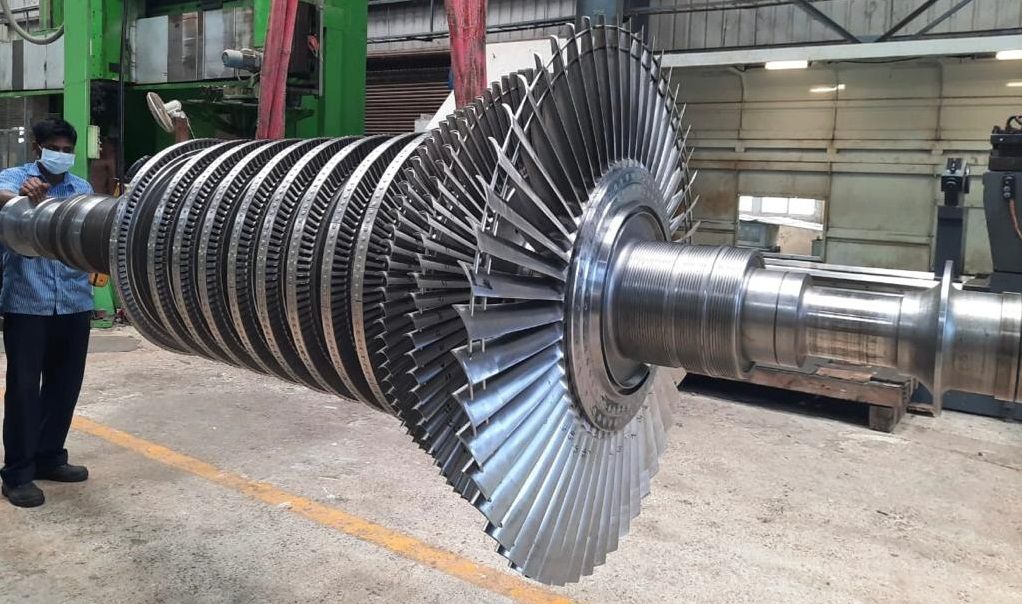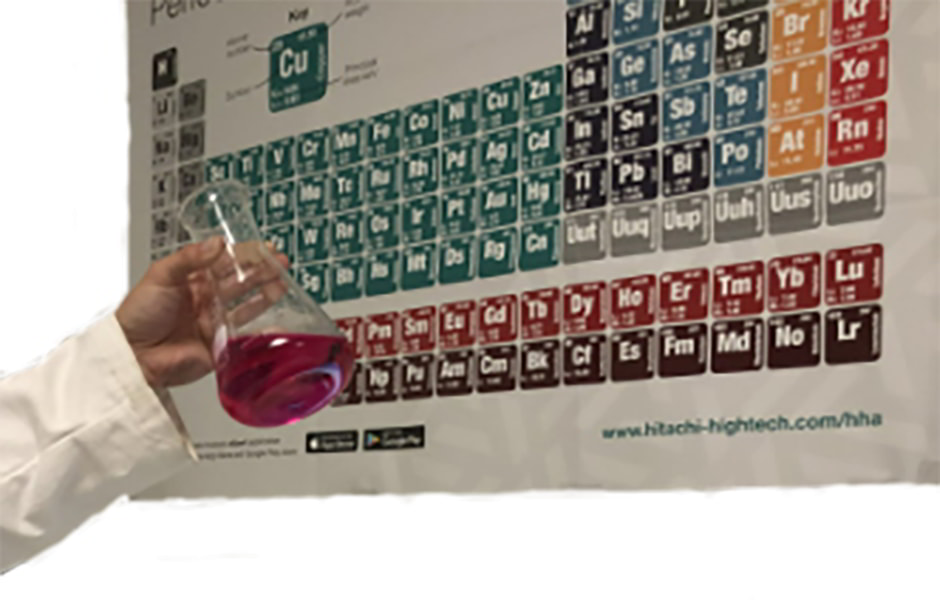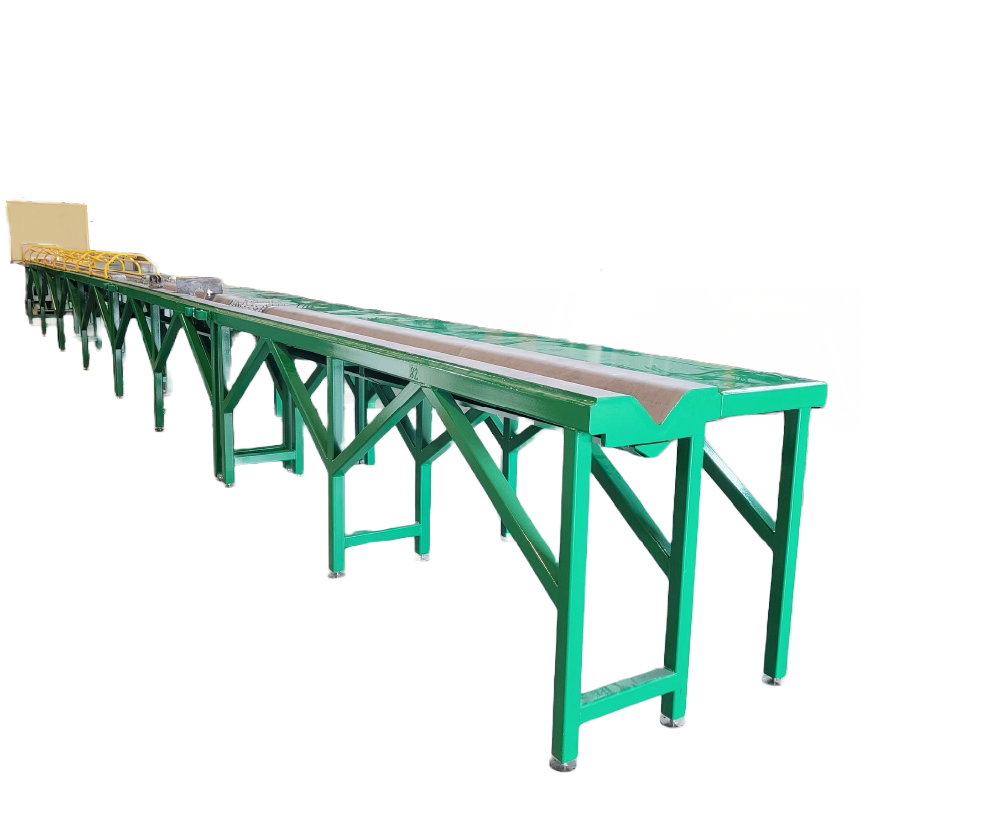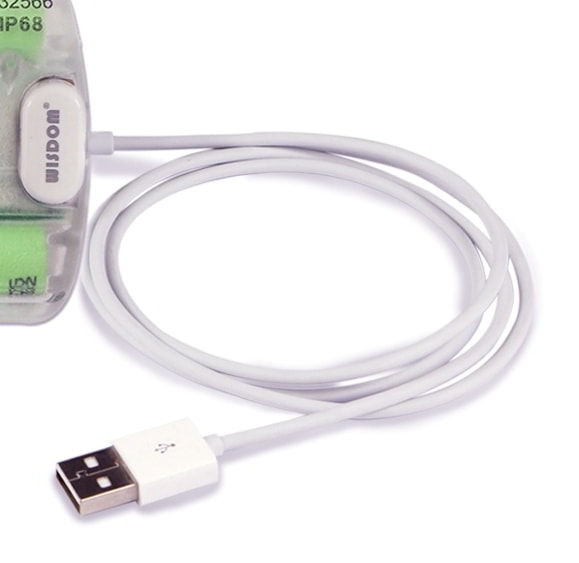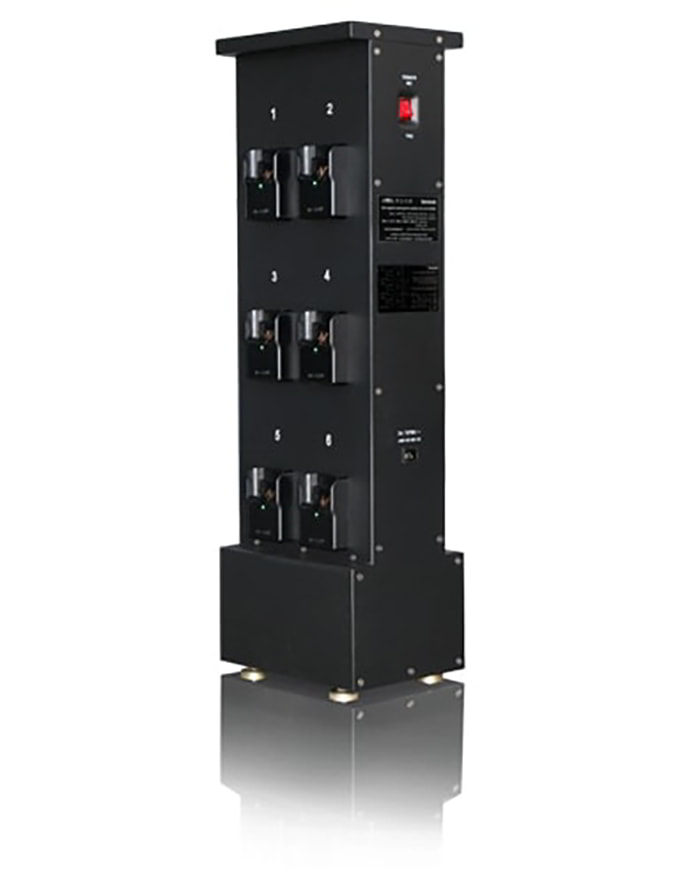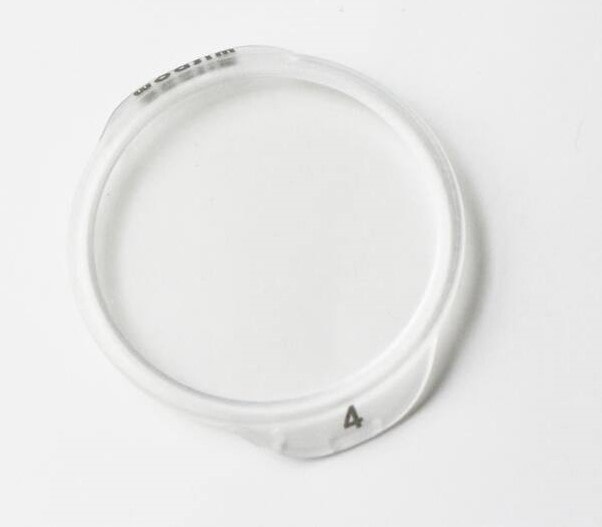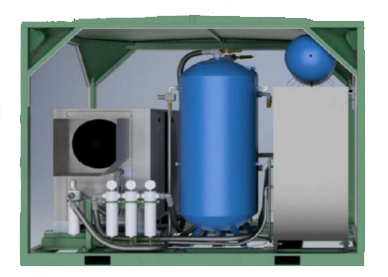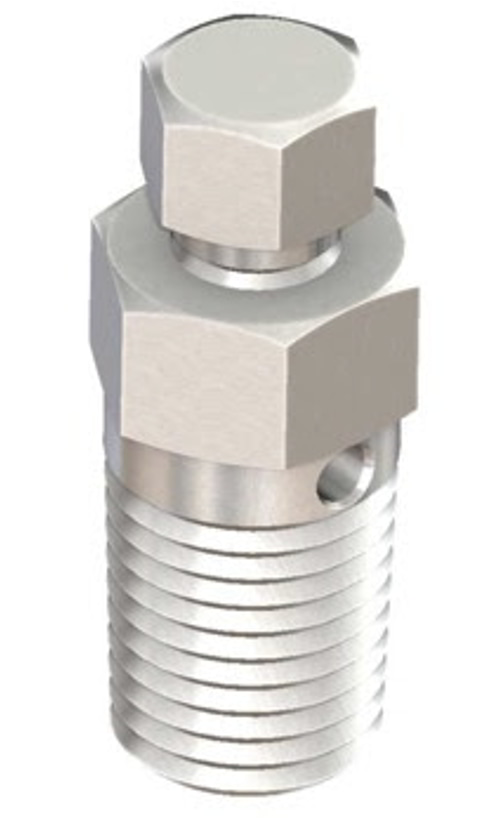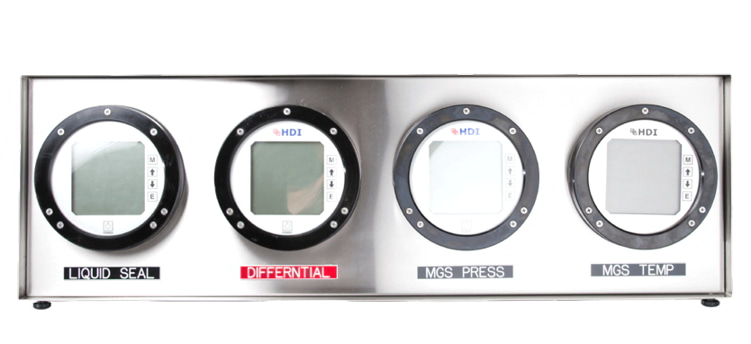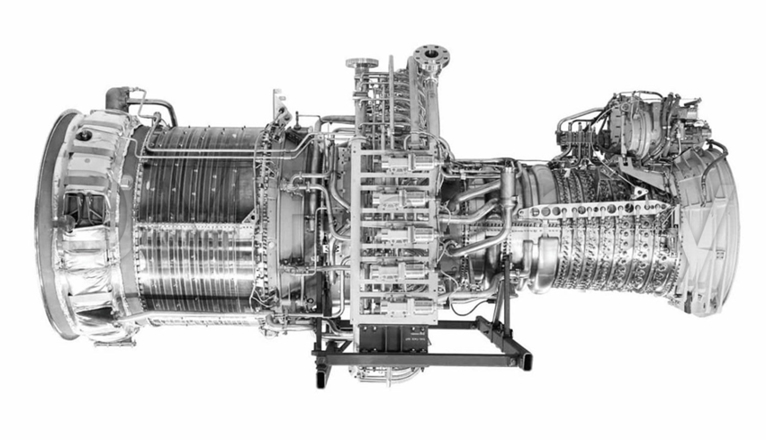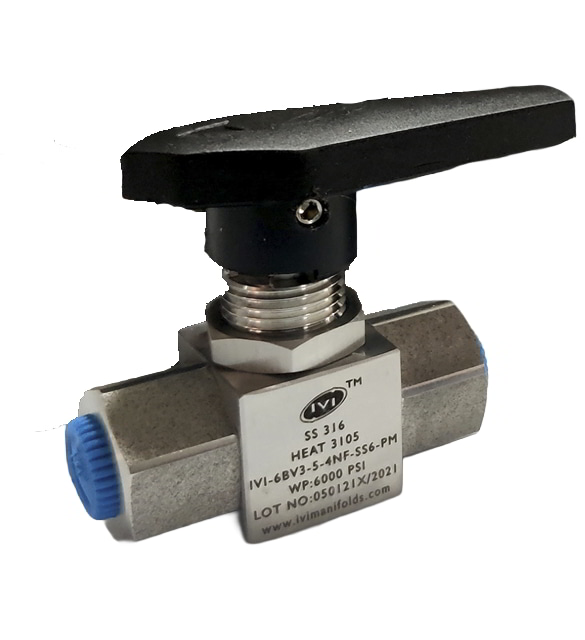Monoflange DBB Double Block & Bleed Valve – Flange x Thread – Needle Isolation with Needle Drain – 1/2” to 2” – Class 150 to 2500 – ASME B16.34 / API 6D / ISO 17292
Block and Bleed Valve
Also known as:
DBB, Double Block and Bleed Valve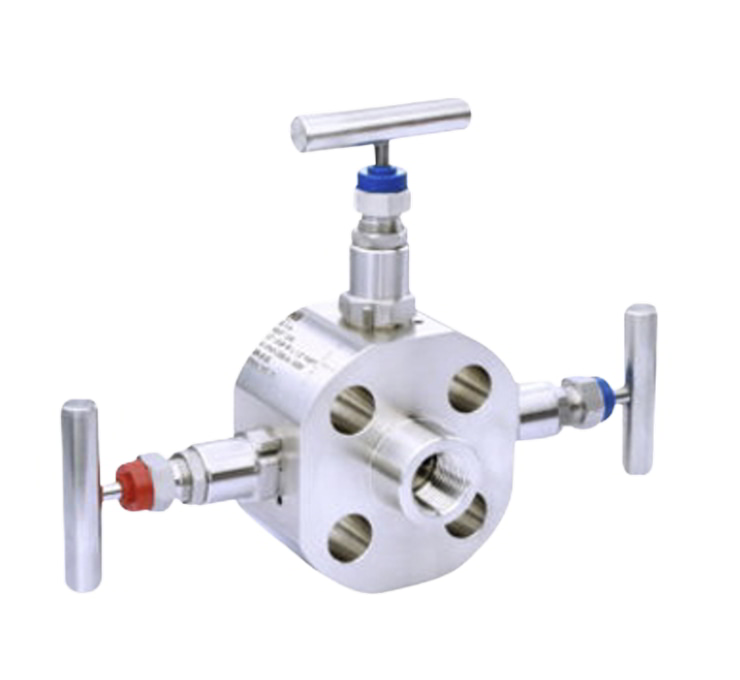
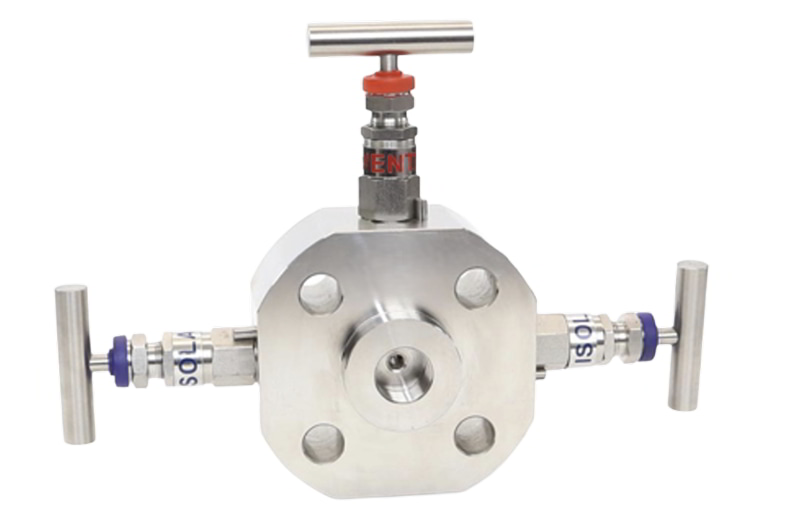

Monoflange DBB Double Block & Bleed Valve – Flange x Thread – Needle Isolation with Needle Drain – 1/2” to 2” – Class 150 to 2500 – ASME B16.34 / API 6D / ISO 17292
Block and Bleed Valve
Also known as:
DBB, Double Block and Bleed ValveBuy
In Stock
Manufacturer
Price:
Request for QuoteShipping:
Air freightDelivery Time:
6 - 8 WeeksNote:
The Monoflange DBB Valve with Needle Isolation and Needle Drain provides dual isolation and precise cavity venting in a compact single-body design, ideal for instrument, gauge, and chemical injection applications.Sign in
Welcome back
Sign up
Sign-up and make easy contact all providers in the industry.
Let's create your free account
Executive Summary
The Monoflange DBB Double Block and Bleed Valve with Needle-Needle-Needle configuration is a compact single-body valve designed for dual isolation and precise cavity venting in oil and gas and process systems. Both isolation points use needle valves, allowing controlled venting and minimal leakage, making it suitable for instrument and gauge isolation, chemical injection, and sampling applications.
The monoflange design combines the two isolation points and the bleed in a single body, reducing joints, potential leak paths, weight, and installation space, while simplifying maintenance.
The valve is rated for Class 150 to 2500, sizes 1/2” to 2”, and complies with ASME B16.34, API 6D, and ISO 17292 standards, ensuring reliable and safe operation in high-pressure and corrosive environments.
Technical Specifications
| Flange Size Range | 1/2” to 2” |
| Pressure Rating | Class 150 to Class 2500 |
| Bore Options | Reduced Bore, Full Bore |
| Standards Compliance | EEMUA 182, API 6D, ISO 17292, ASME B16.34 |
| Configurations | Needle-Needle-Needle, Ball-Needle-Ball |
| Materials Available | Stainless Steel, Duplex, Hastelloy, Inconel |
| NACE Compliance | NACE MR-0-175 materials available on request |
| Testing | Low Emission Standards |
| Ball Options | Floating Ball |
| Vent Valve Options | Needle |
Features and Benefits
- Reduces installation complexity and maintenance time.
- Compact design saves space and weight.
- Ensures precise control of cavity pressure and flow.
- Integrated bleed valve for cavity venting.
- Dual isolation with needle valves for both isolation points.
Print or Share
Do you need information for the team or a client? Download these page to add your dossier.
Send an email with the link to this page. It's a great way to share information.
Detailed Description
The Monoflange DBB Double Block and Bleed Valve with Needle-Needle-Needle configuration is designed to provide dual isolation and safe venting in oil and gas, chemical, and process systems. Both isolation points use needle valves, allowing precise control of flow and pressure in the cavity between the two isolation points, which minimizes leakage and ensures accurate venting. This configuration is particularly suited for instrument and gauge isolation, chemical injection, and sampling applications, where fine control and safety are critical.
The monoflange design integrates the two isolation valves and the bleed into a single compact body. This eliminates the need to bolt together separate valves, reducing the number of joints, potential leak paths, and overall weight, while saving installation space and simplifying maintenance. The valve can accommodate flange sizes from 1/2” to 2” and is rated for Class 150 to Class 2500, making it suitable for a wide range of high-pressure applications.
Manufactured to recognized industry standards including ASME B16.34, API 6D, and ISO 17292, the valve is available in a variety of materials such as SS 316, SS 316L, Duplex, Super Duplex, Hastelloy, Inconel, and Monel. Optional NACE MR-0-175 compliant materials are available for corrosive environments. In-built vent valves and low emission testing ensure the valve meets stringent safety and environmental requirements, providing a reliable solution for critical fluid control applications.
Engineering Data
